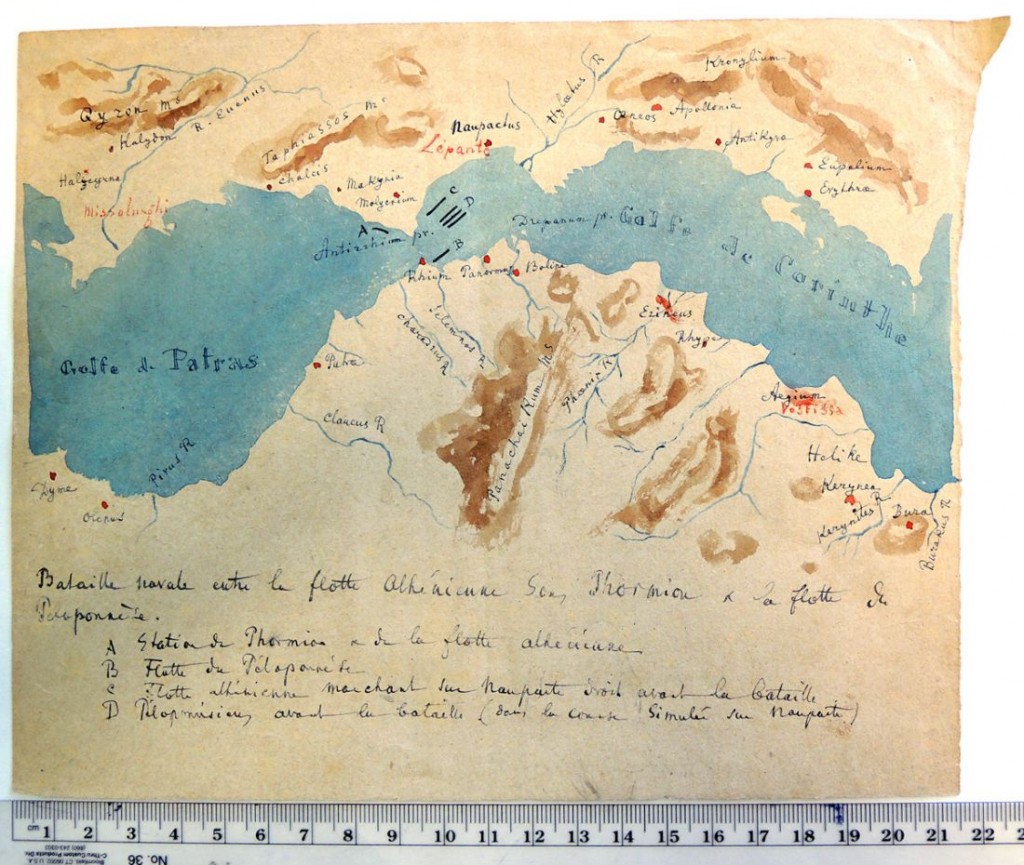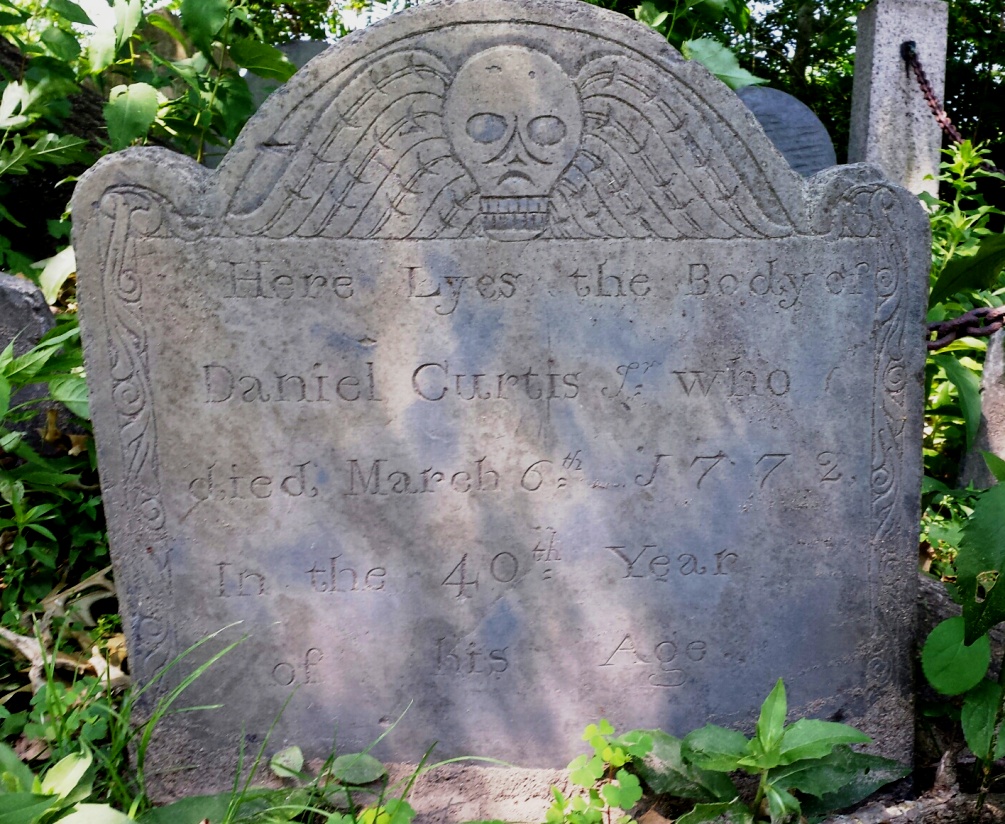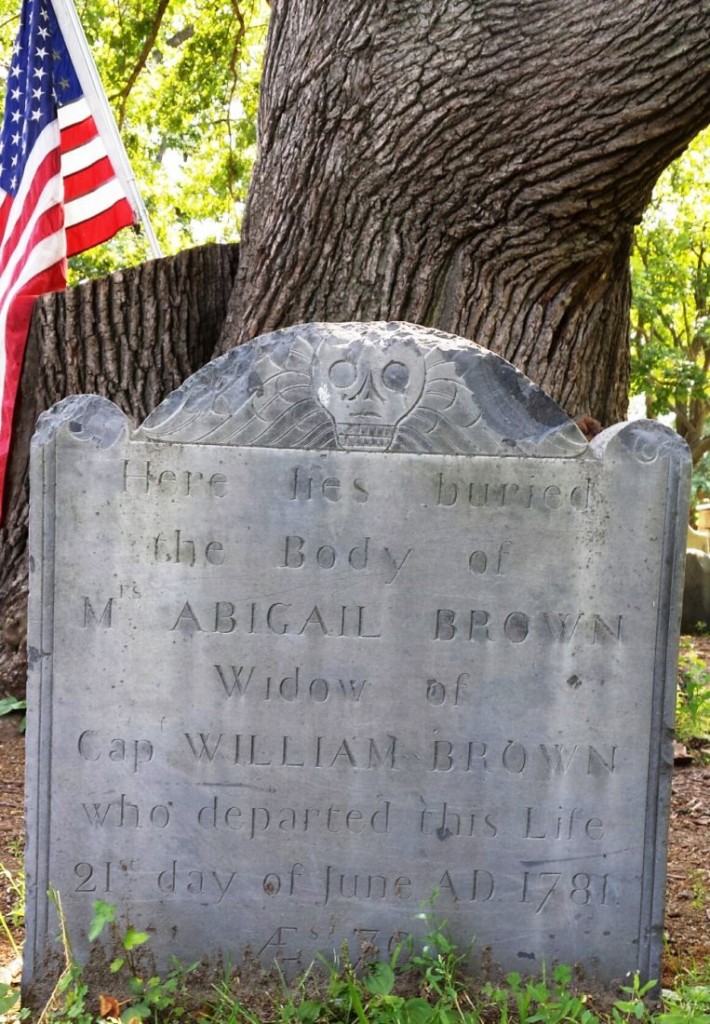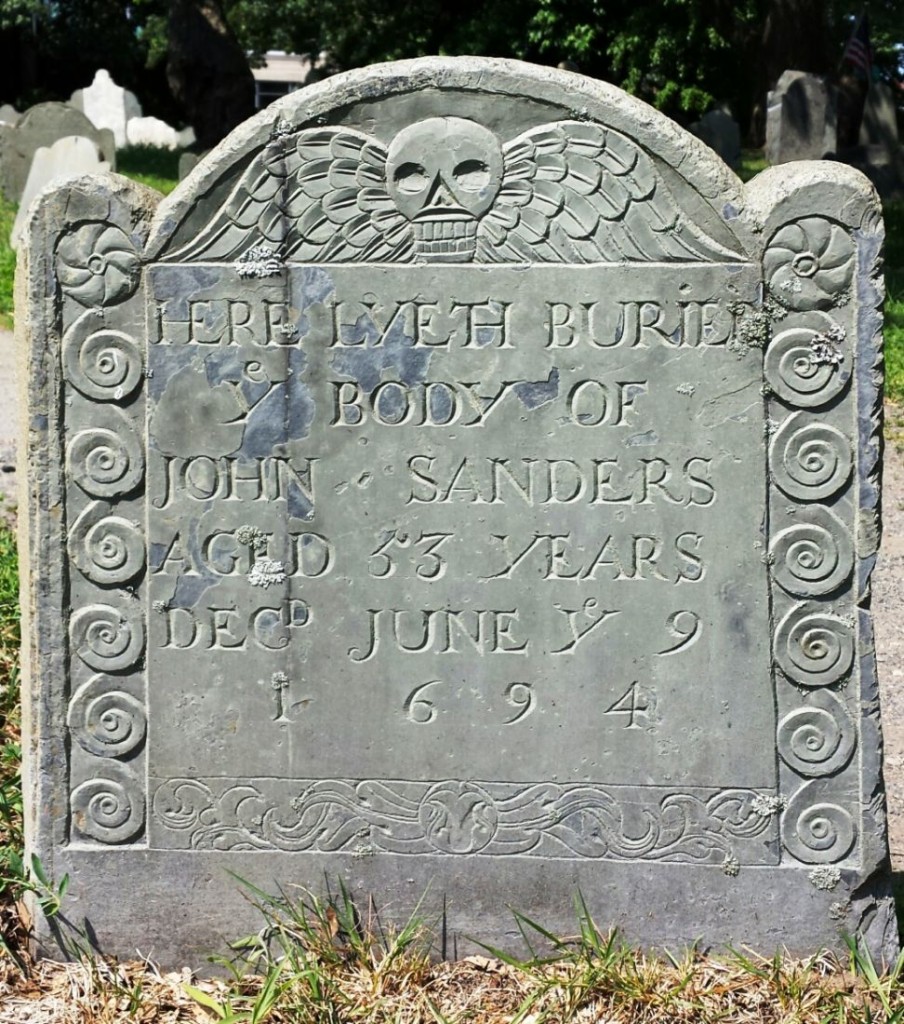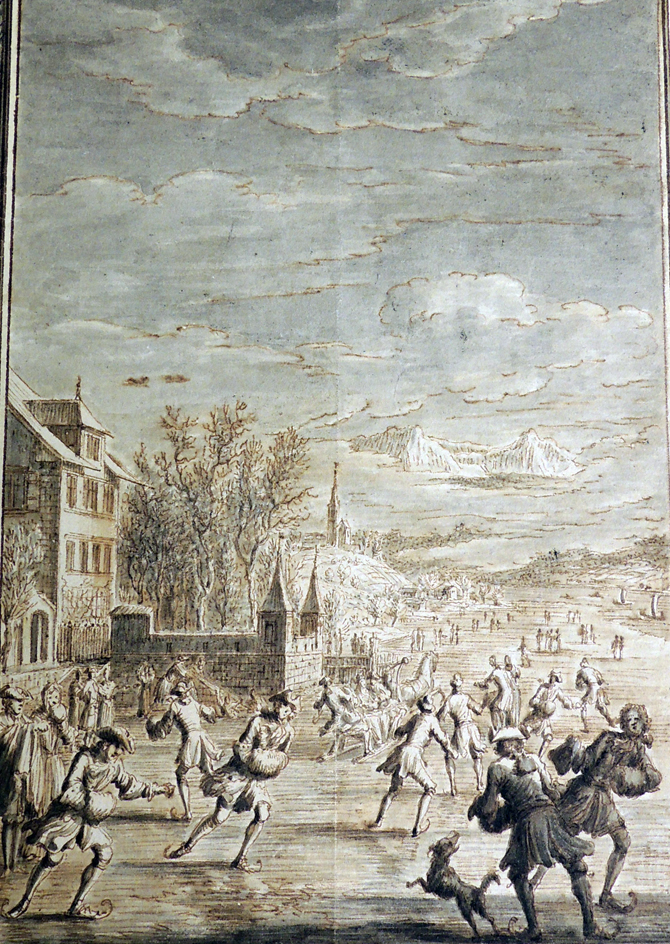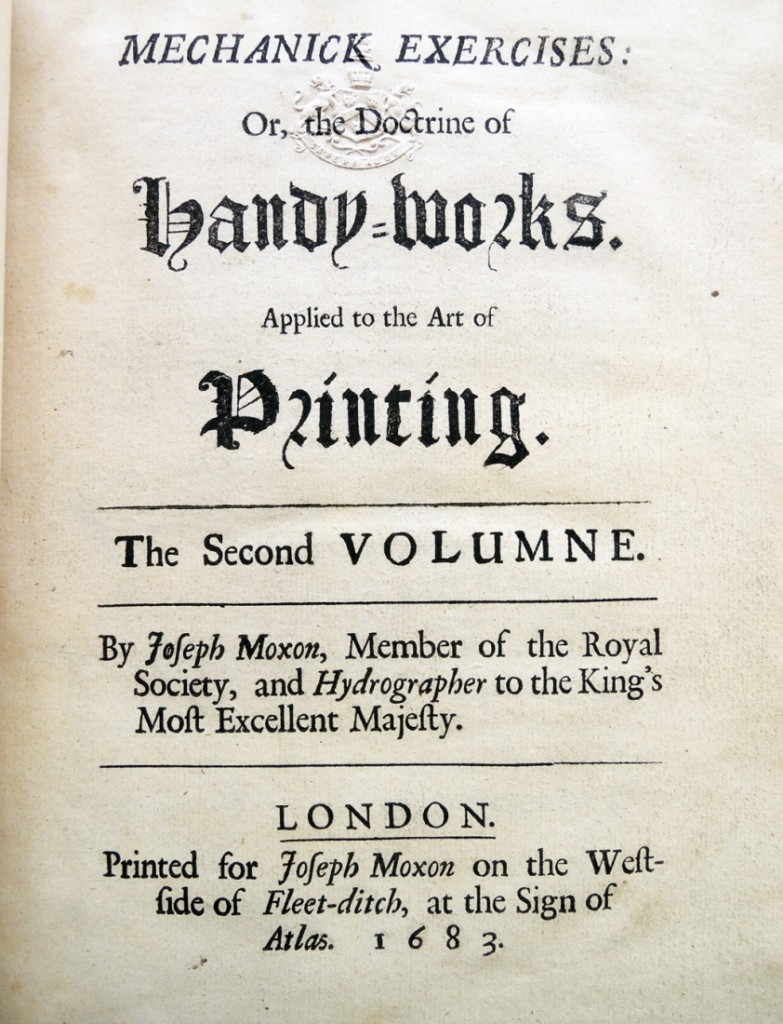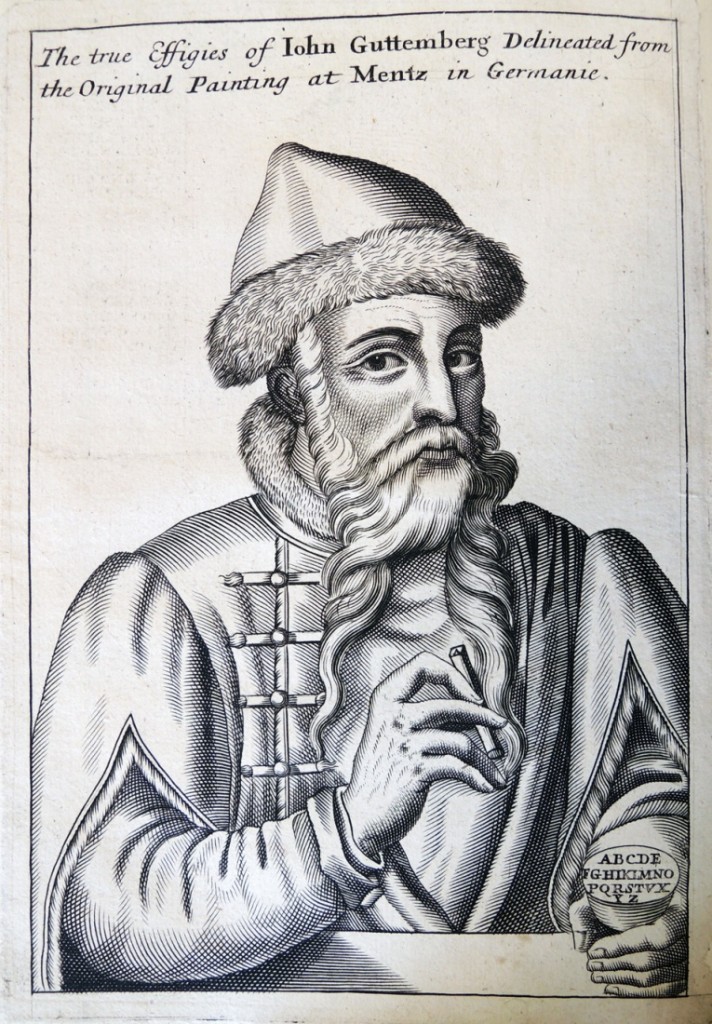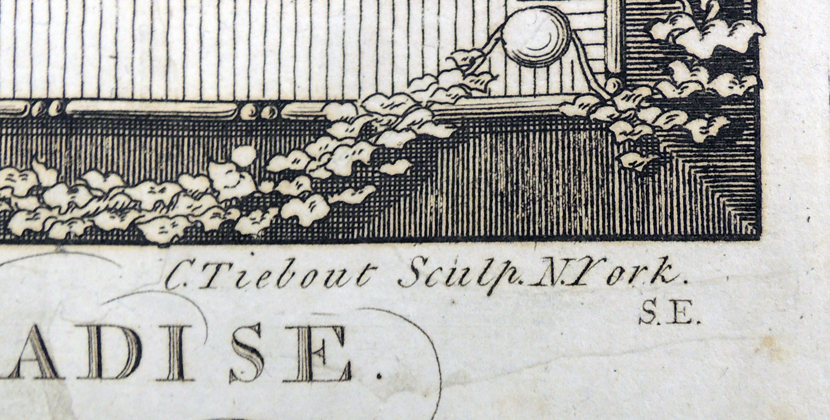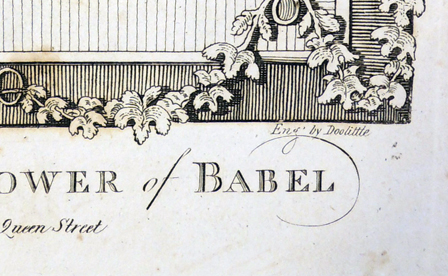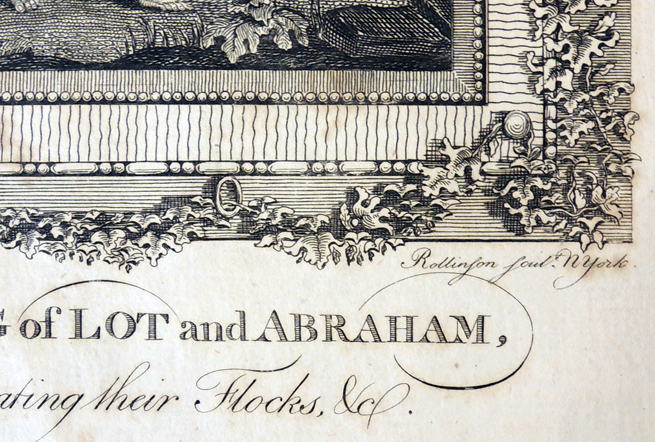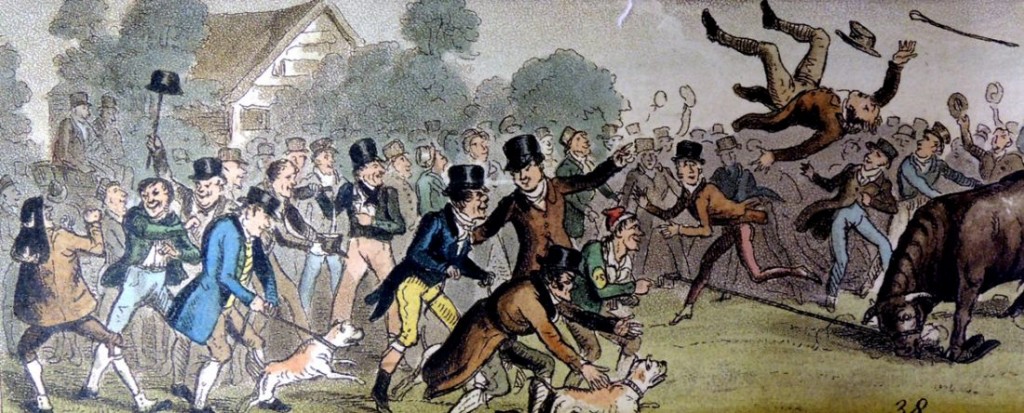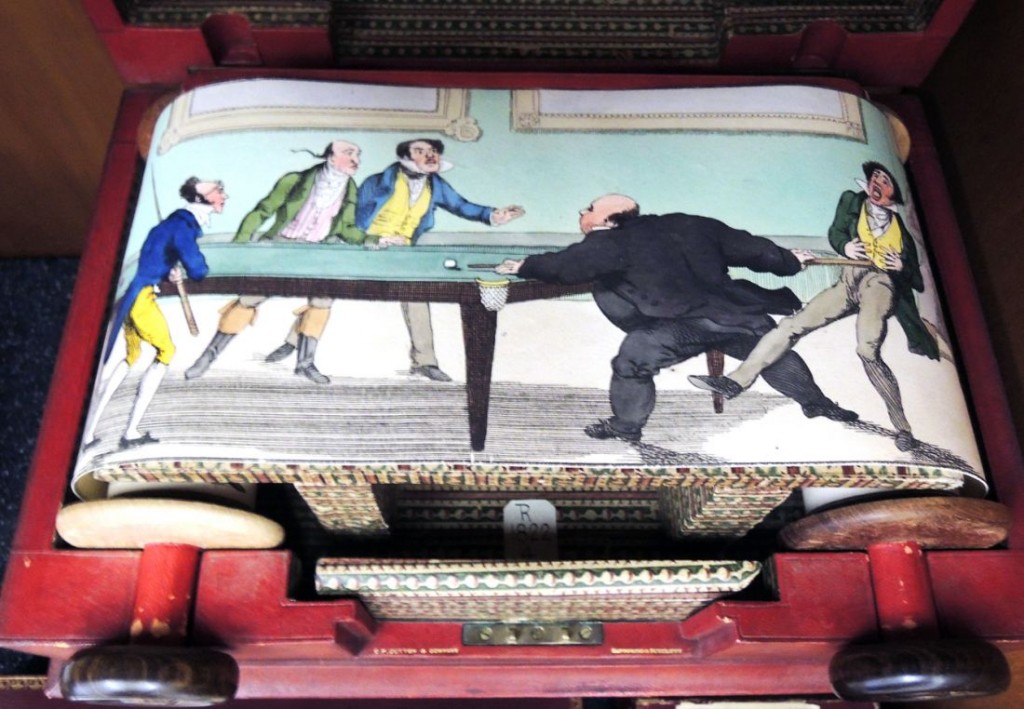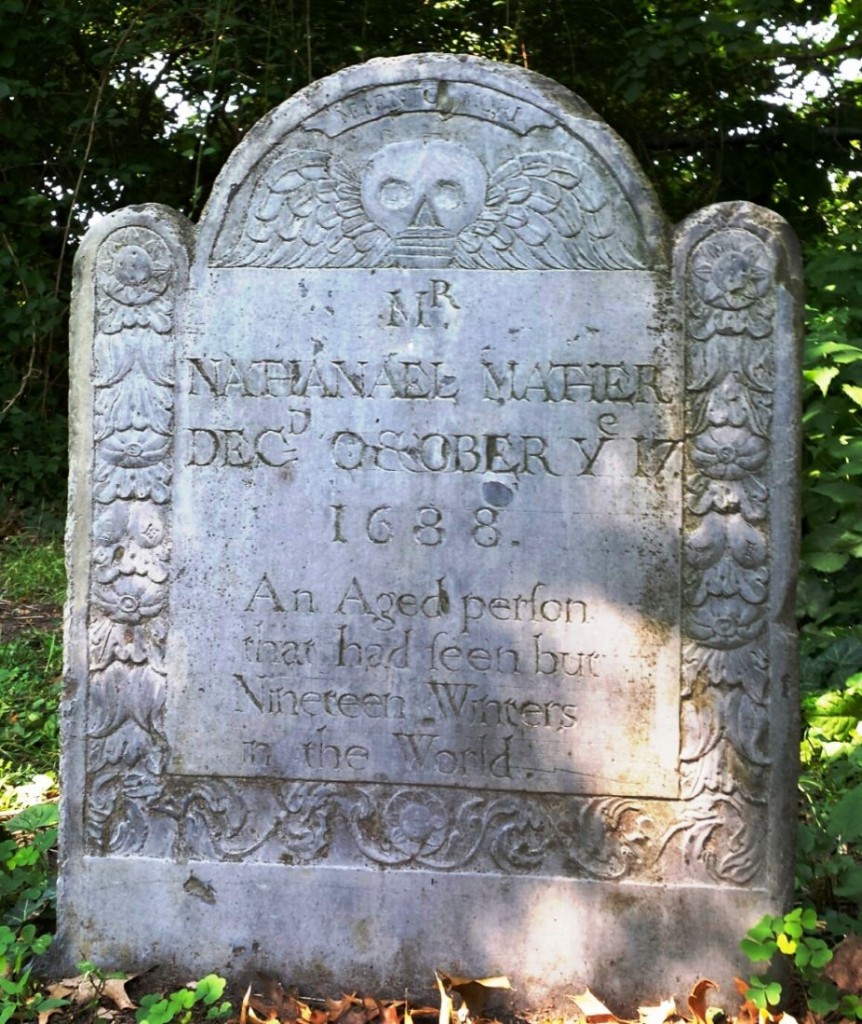 A few 17th and 18th century tombstones found north of Boston. Above “An aged person that had seen but nineteen winters in the world.”
A few 17th and 18th century tombstones found north of Boston. Above “An aged person that had seen but nineteen winters in the world.”
Author Archives: Julie Mellby
Magic Lantern Society of U.S. & Canada
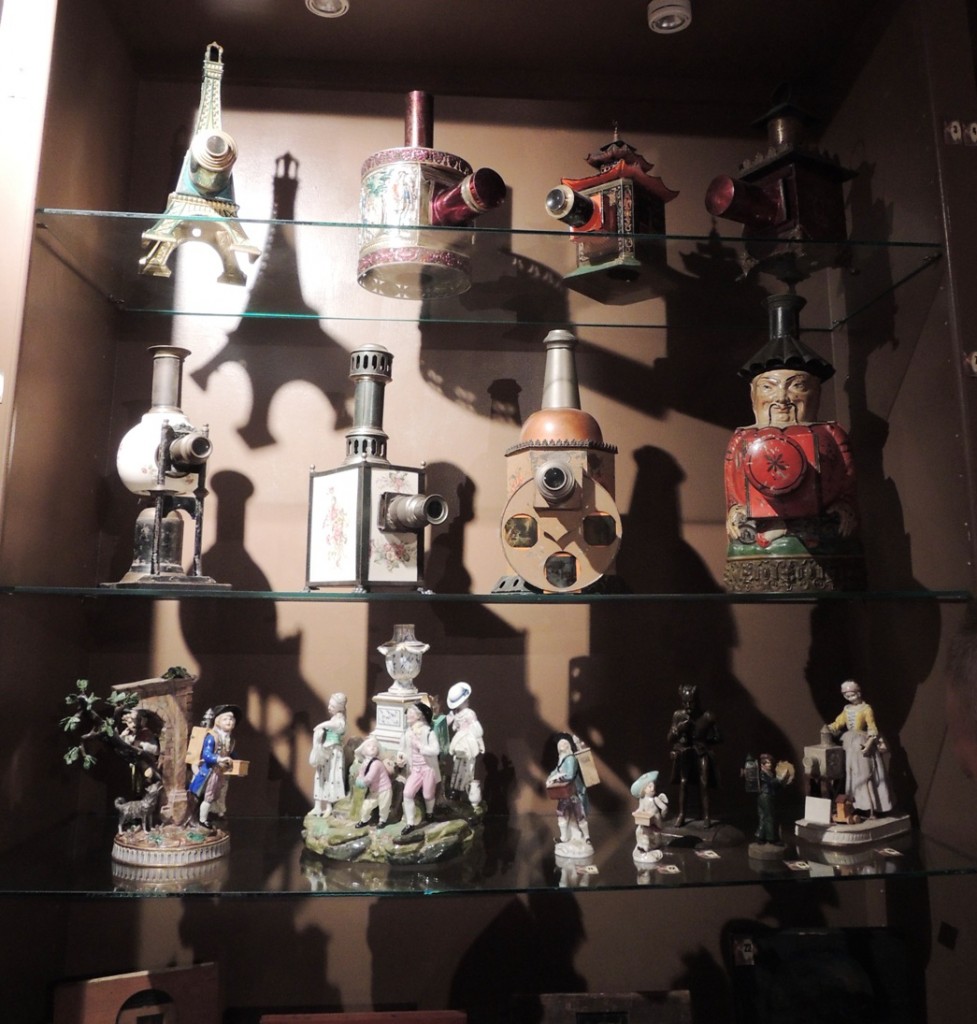
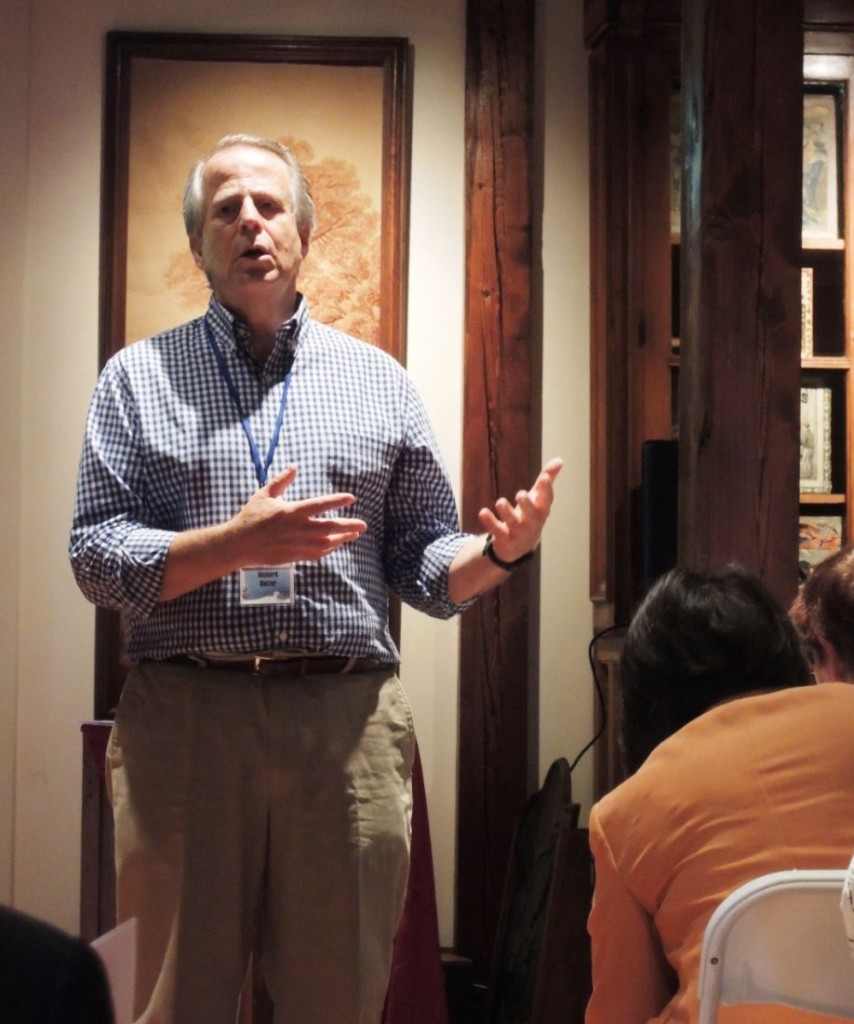 It has been a full first day at the 16th convention of the Magic Lantern Society of U.S. & Canada, hosted by Dick Balzer in his astonishing Carriage House. Members from Australia, Japan, Italy, and elsewhere marveled at Mr. Balzer’s collection, beautifully exhibited in cabinets and cases on all sides. Our welcome bags even included a full color catalogue describing 100 items carefully chosen from this extraordinary cabinet of wonders.
It has been a full first day at the 16th convention of the Magic Lantern Society of U.S. & Canada, hosted by Dick Balzer in his astonishing Carriage House. Members from Australia, Japan, Italy, and elsewhere marveled at Mr. Balzer’s collection, beautifully exhibited in cabinets and cases on all sides. Our welcome bags even included a full color catalogue describing 100 items carefully chosen from this extraordinary cabinet of wonders.
So far, there have been ten diverse presentations beginning with Dick Moore’s ‘Peek under the Circus Tent.’ Not only did he show us historical images but he did it using a magic lantern projector rather than a simple PowerPoint presentation. See a single image below of children peeking under as we did the same.
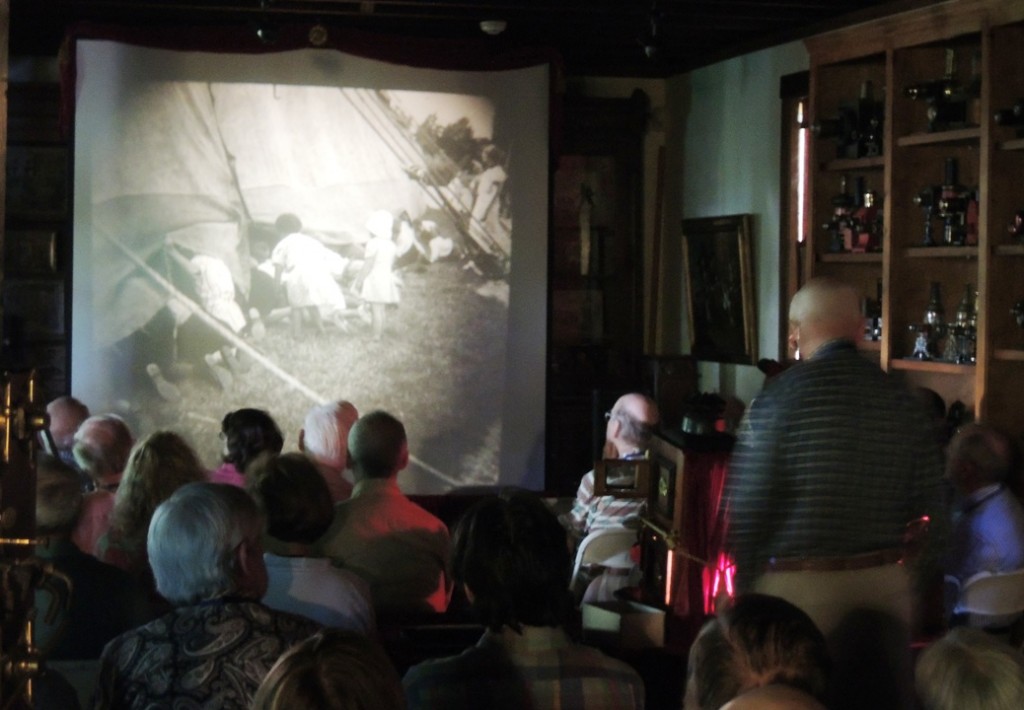 I am resting up for the second day, which will include an evening of magic lantern entertainments at the Brattle Theater by Dick Balzer, Dick Moore, Terry Borton, Larry Rakow, and Mervyn Heard (seen far below introducing the Great Snazelle). Here are a few more images from the day. For more, see Mr. Balzer’s own site: http://www.dickbalzer.com/
I am resting up for the second day, which will include an evening of magic lantern entertainments at the Brattle Theater by Dick Balzer, Dick Moore, Terry Borton, Larry Rakow, and Mervyn Heard (seen far below introducing the Great Snazelle). Here are a few more images from the day. For more, see Mr. Balzer’s own site: http://www.dickbalzer.com/
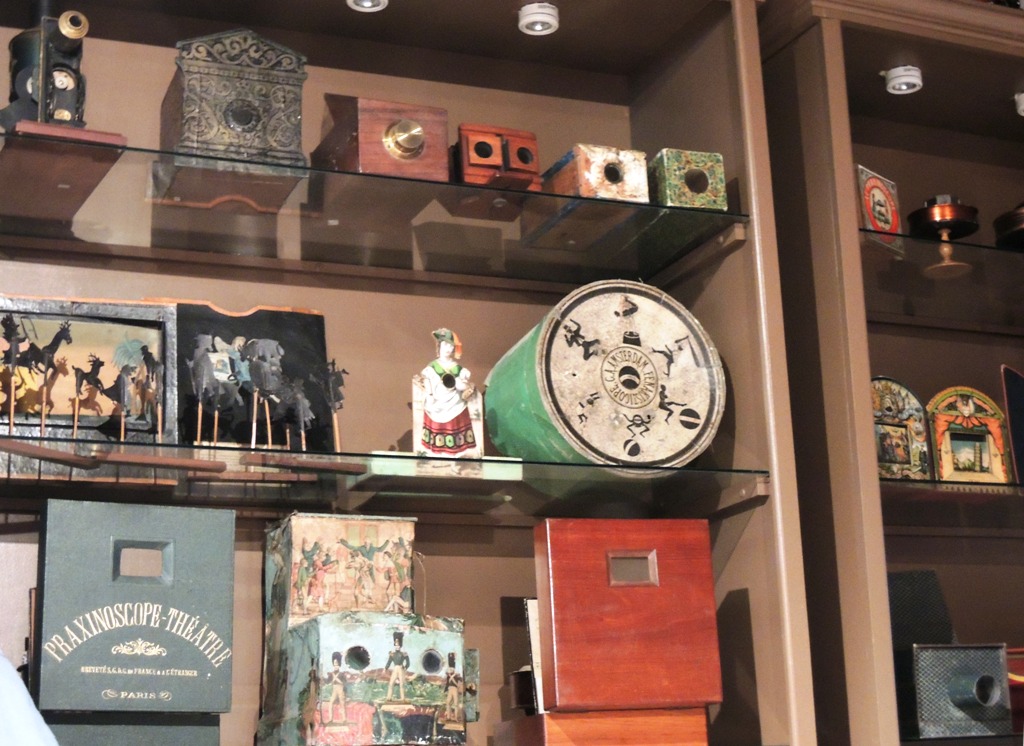

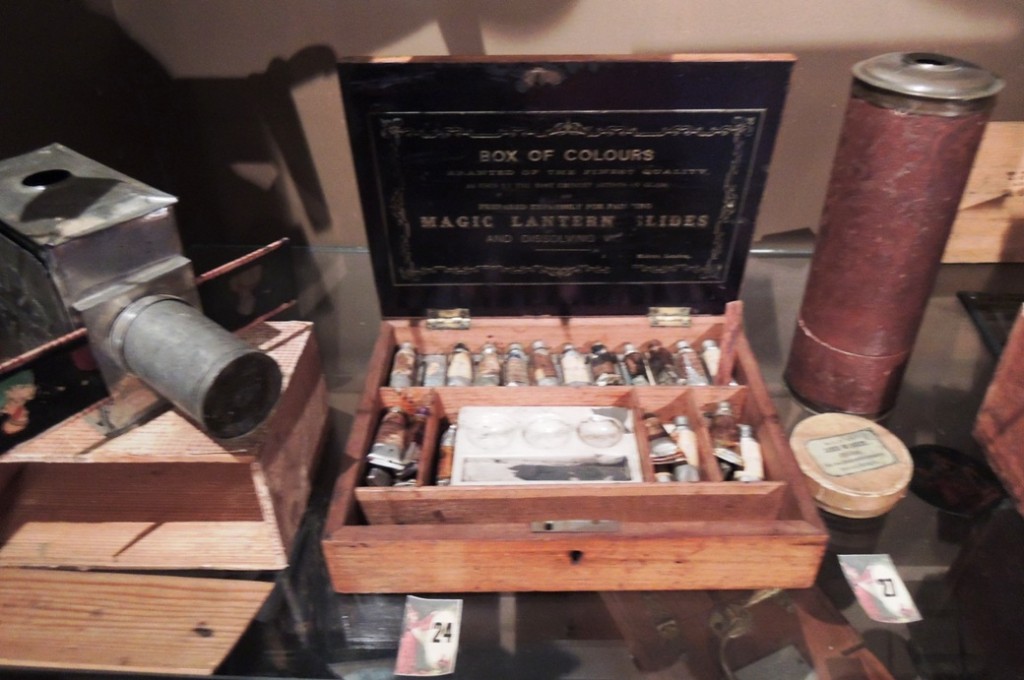
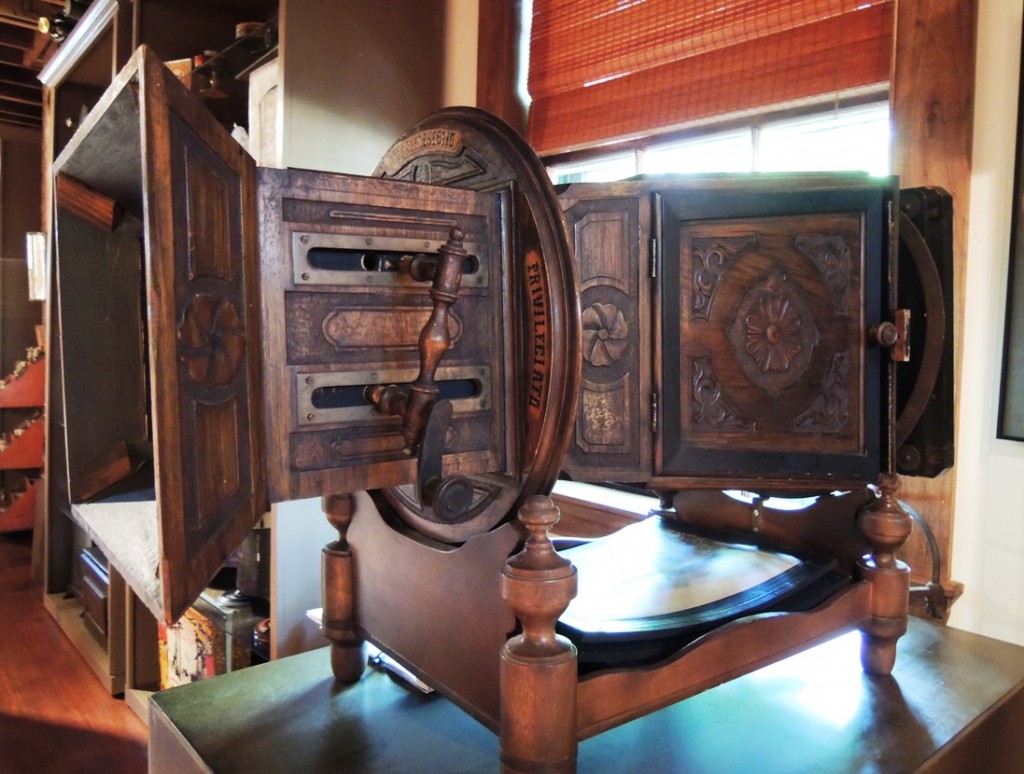
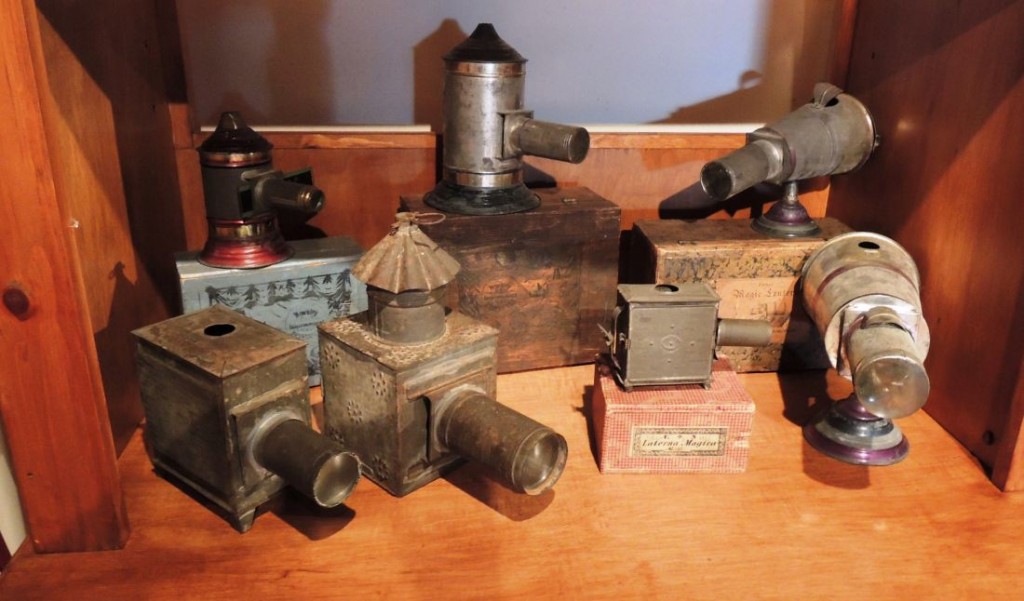
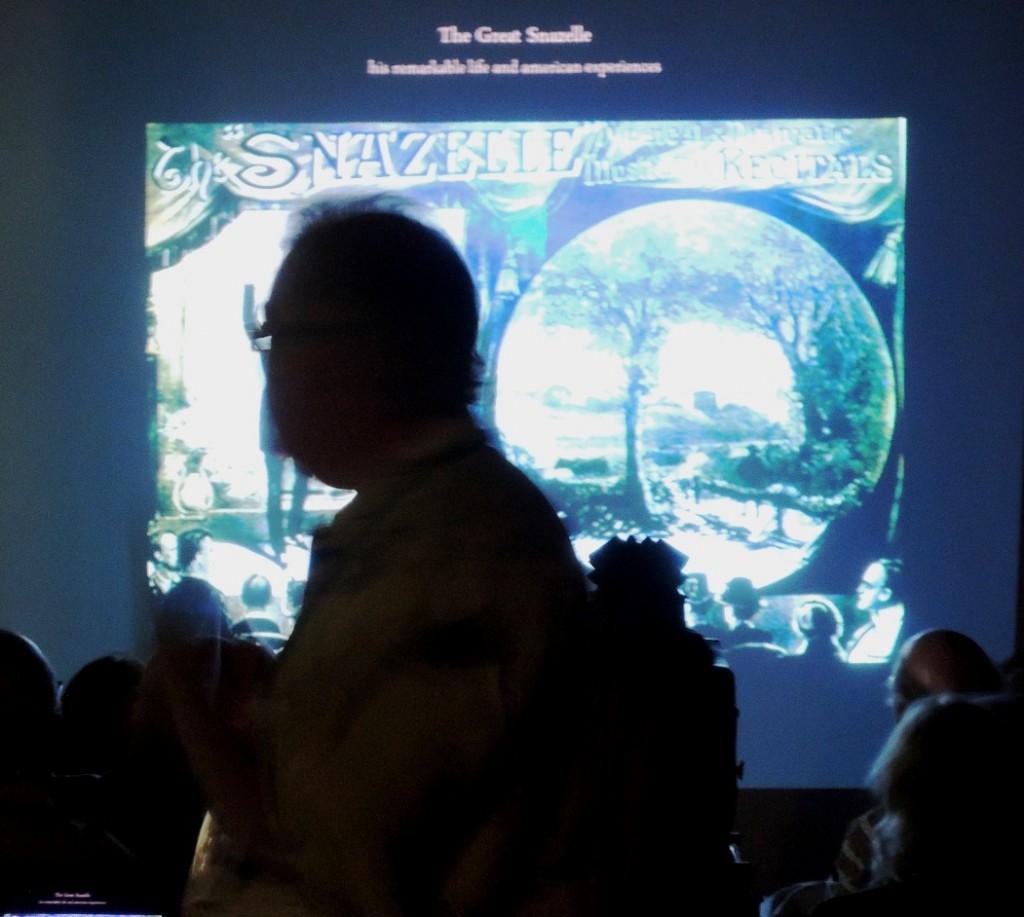 Magic Lantern Society of United States and Canada: http://www.magiclanternsociety.org/
Magic Lantern Society of United States and Canada: http://www.magiclanternsociety.org/
Füssli
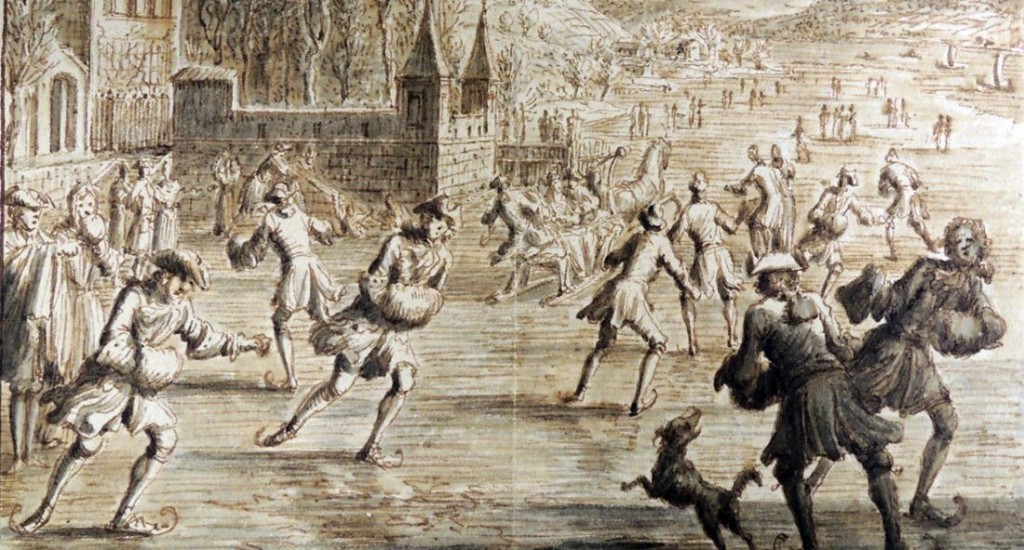 He giveth snow like wool,
He giveth snow like wool,
he scattereth the hoar frost like ashes.
He casteth forth his ice like morsels,
who can stand before his cold?
He sendeth out his word, and melteth them,
he causeth his wind to blow, and the waters flow. –Psalm 147
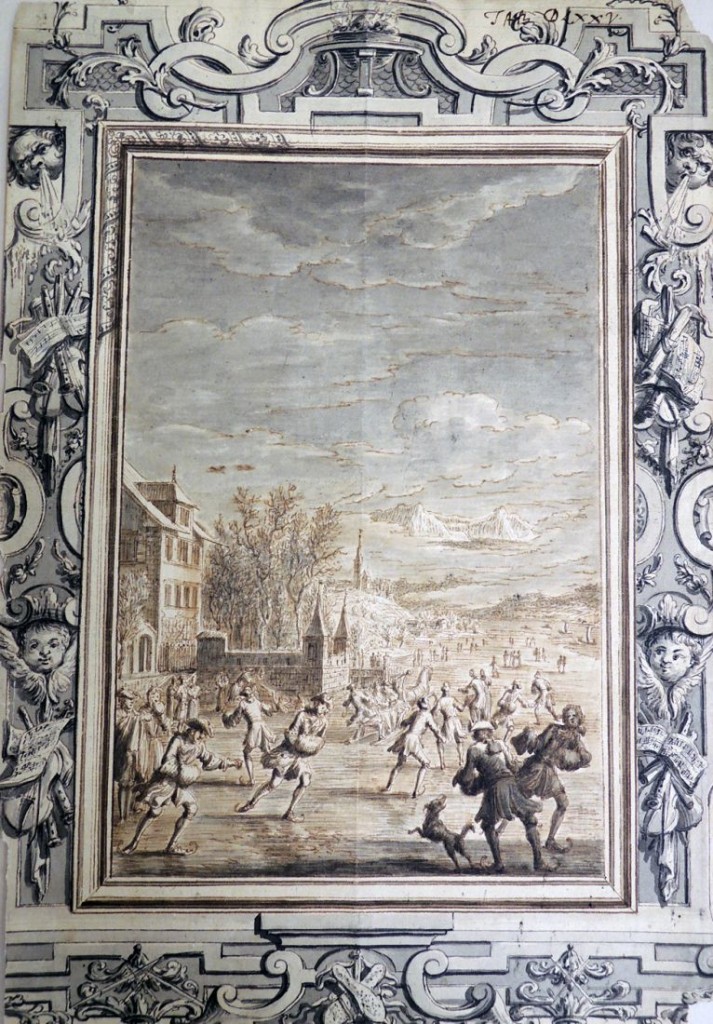 When Johann Jakob Scheuchzer needed 750 illustrations for his Physica sacra, a natural history-based commentary on the Bible, he entrusted the Swiss artist Johann Melchior Füssli (1677-1736) with the design of the central panels, and Johann Daniel Preissler (1666-1737) with the borders. The Graphic Arts Collection holds one of Füssli’s drawings in pen and ink, published in volume 3, for Psalm 147: 16-18.
When Johann Jakob Scheuchzer needed 750 illustrations for his Physica sacra, a natural history-based commentary on the Bible, he entrusted the Swiss artist Johann Melchior Füssli (1677-1736) with the design of the central panels, and Johann Daniel Preissler (1666-1737) with the borders. The Graphic Arts Collection holds one of Füssli’s drawings in pen and ink, published in volume 3, for Psalm 147: 16-18.
Scheuchzer is said to have overseen the illustrations, based on his own cabinet of natural history specimens, although he died before the last of the four volumes were published.
Füssli/Preissler drawings were engraved over many years by a number of artisans including Johann August Corvinus (1683–1738); Jakob Andreas Fridrich the Elder (1684–1751); Georg Daniel Heümann (1691–1759); Johann Gottlieb Thelot (1708–1760); Georg Lichtensteger (1700–1781); and Catharina Sperlingen (18th century).
Johann Jakob Scheuchzer (1672-1733), Kupfer-Bibel, in welcher die Physica sacra, oder, geheiligte Natur-wissenschafft derer in Heil (Augspurg und Ulm: Gedruckt bey Christian Ulrich Wagner, 1731-1735). Rare Books (Ex) Oversize 5366.816q
Moxon
Joseph Moxon (1627-1691), Mechanick Exercises: or, the Doctrine of Handy-Works (London: Joseph Moxon, 1683-[1700]). Complete with fifty-nine engraved plates (some folding), two engraved portraits, seven small engraved slips loosely inserted. Volume 1: pp [viii] 58; [iv] 59-114; [iv] 115-169; [v] 171-234; [iv] 1-46 including: description and instruction in manual trades: Volume 2: 394 [2, blank] including: Printing, Letter-Cutting, Printing Letters, Compositers trade, Pressmans trade, Dictionary, alphabetically explaining the abstruse words and phrases that are used in typography. Graphic Arts Collection GAX 2014- in process. Purchased with assistance from the Friends of the Princeton University Library; Rare Book Division; and the Graphic Arts Collection.
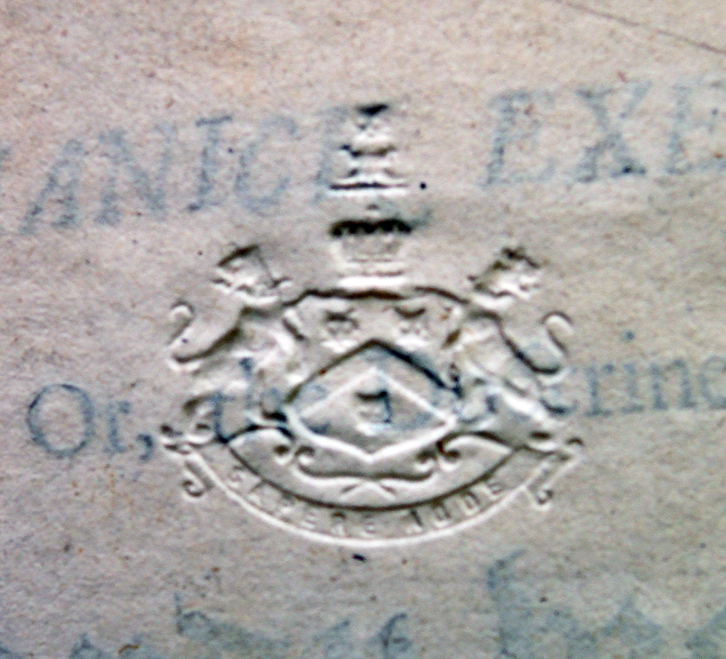 This is the first edition of the earliest English manual about printing. Moxon revealed to the English speaking public, for the first time, technical information that had once been considered trade secrets by those who practiced printing for a living. It was also the first book published in England as a serial, issued in monthly numbers, each number consisting of 16 pages and one or more engraved plates. “Although 500 copies were printed, very few complete sets have been preserved, the whole being, perhaps, the most difficult to obtain in the whole range of typographical literature.” (Bigmore and Wyman, II, pp 55-56).
This is the first edition of the earliest English manual about printing. Moxon revealed to the English speaking public, for the first time, technical information that had once been considered trade secrets by those who practiced printing for a living. It was also the first book published in England as a serial, issued in monthly numbers, each number consisting of 16 pages and one or more engraved plates. “Although 500 copies were printed, very few complete sets have been preserved, the whole being, perhaps, the most difficult to obtain in the whole range of typographical literature.” (Bigmore and Wyman, II, pp 55-56).
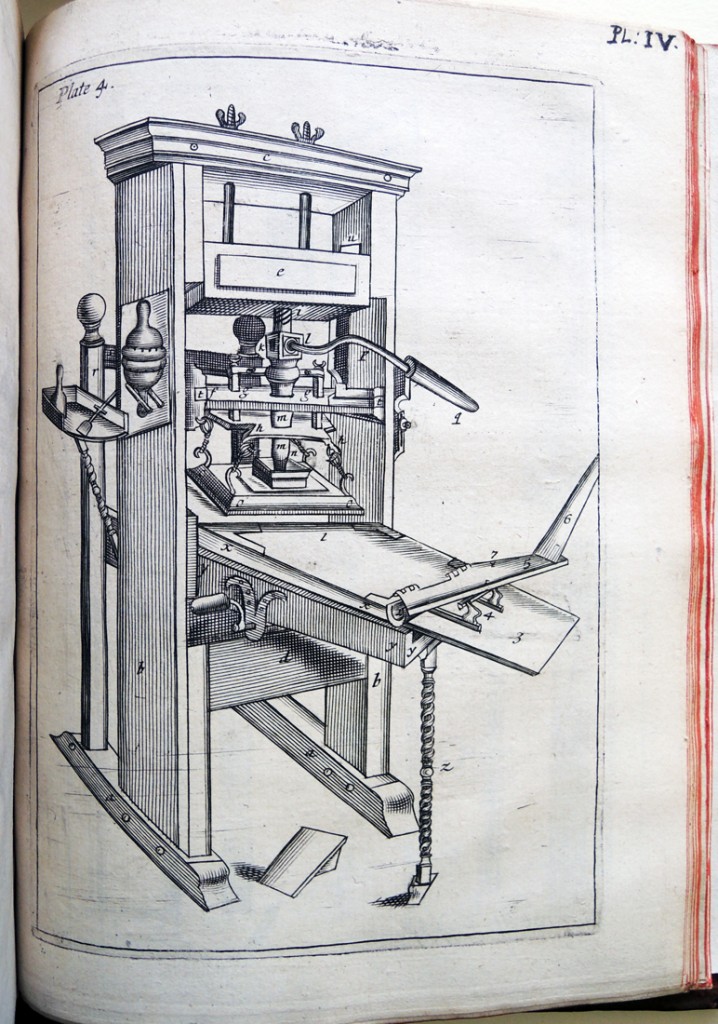
Written by a tradesman, for tradesmen, Mechanick Exercises remains one of the most important English language works on craft, in general, and on printing specifically. The second volume, concerned solely with printing, was published in 1683, delayed, as Moxon explains in his Advertisement, “by the breaking out of the [Popish] Plot, which took off the minds of my few Customers from buying them, as formerly.”
The provenance of these volumes is impeccable. The book was part of the Library of the Earls of Macclesfield, created in the first fifty years or so of the 18th century beginning with Thomas Parker (1667-1732), the 1st Earl of Macclesfield. Regarded as one of the great country house libraries of England, the sale of the collection necessitated 12 auctions over four years from 2004 to 2008.

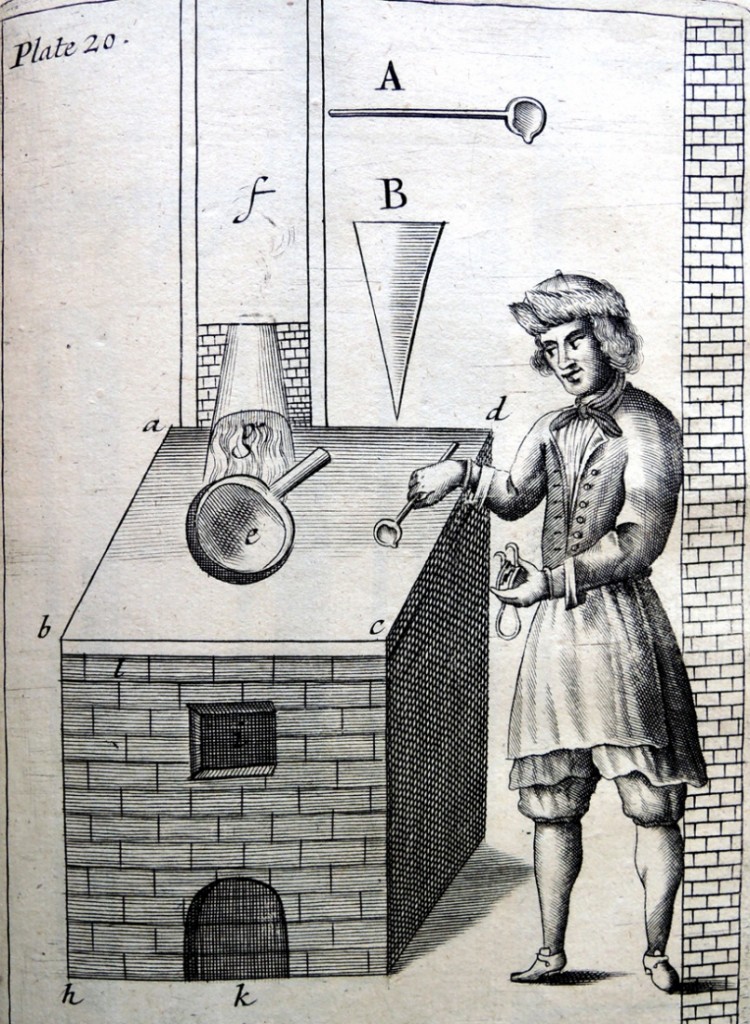 The present copy was assembled by William Jones, the acting librarian of Shirburn Castle in the early 1700s when complete sets of the serial publication were already rare. It was rebound, as many volumes in the library were, with a Macclesfield exlibris and embossed stamp. A couple of plates have just been touched by the binder’s knife, the one plate and two portraits that are mounted are mostly indistinguishable from the rest. The manuscript plate numbers are in Jones’ own hand and remain unchanged since that time.
The present copy was assembled by William Jones, the acting librarian of Shirburn Castle in the early 1700s when complete sets of the serial publication were already rare. It was rebound, as many volumes in the library were, with a Macclesfield exlibris and embossed stamp. A couple of plates have just been touched by the binder’s knife, the one plate and two portraits that are mounted are mostly indistinguishable from the rest. The manuscript plate numbers are in Jones’ own hand and remain unchanged since that time.
As usual, the present copy of volume one is a mixture of second and third issues or editions. Volume one contains a general title dated 1694, followed by five sections with separate title pages, dated between 1693 and 1700, the first four paginated continuously, the last with separate pagination, and twenty-six engraved plates. The second volume, a first edition with imprint 1683, contains twenty-four numbered sections with continuous pagination, thirty-three plates (bound at the end) and two engraved portraits.
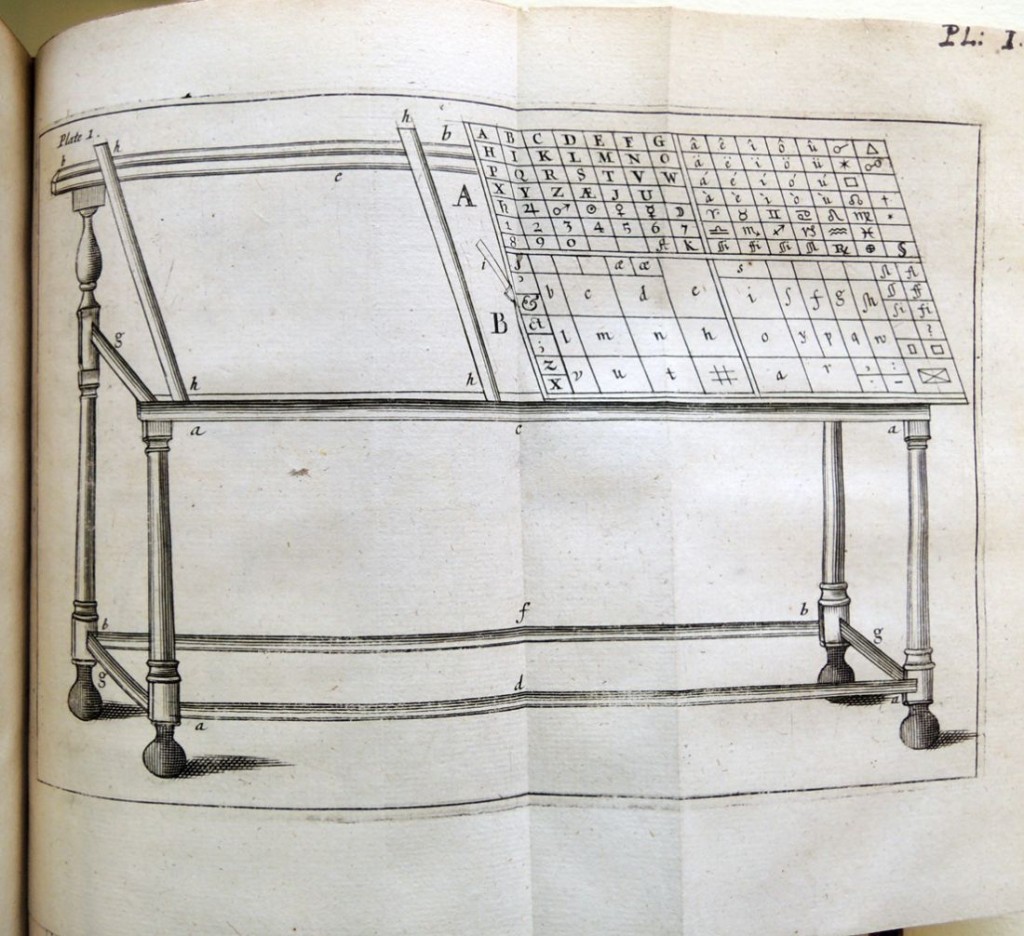 Thanks in particular to the Friends of the Princeton University Library for their ongoing assistance and their financial support of this important purchase.
Thanks in particular to the Friends of the Princeton University Library for their ongoing assistance and their financial support of this important purchase.
Picturesque Bits from Old Edinburgh
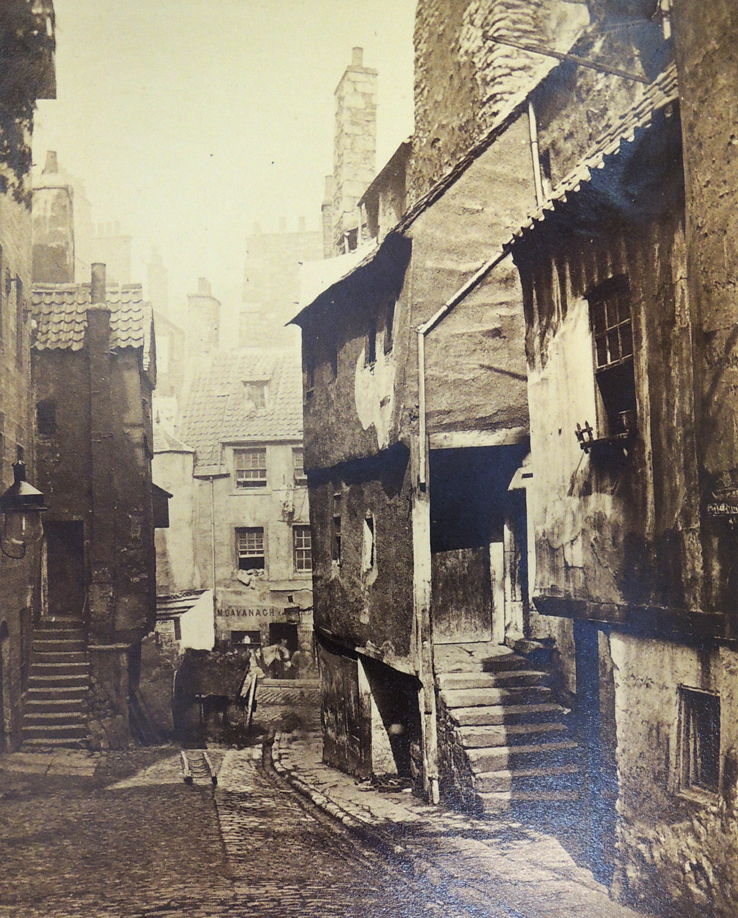 Archibald Burns (1831-1880), Picturesque “bits” from Old Edinburgh (Edinburgh: Edmonston and Douglas, 1868). 15 albumen silver prints by Archibald Burns with descriptive and historical notes by Thomas Henderson. Graphic Arts Collection GAX 2014- in process
Archibald Burns (1831-1880), Picturesque “bits” from Old Edinburgh (Edinburgh: Edmonston and Douglas, 1868). 15 albumen silver prints by Archibald Burns with descriptive and historical notes by Thomas Henderson. Graphic Arts Collection GAX 2014- in process

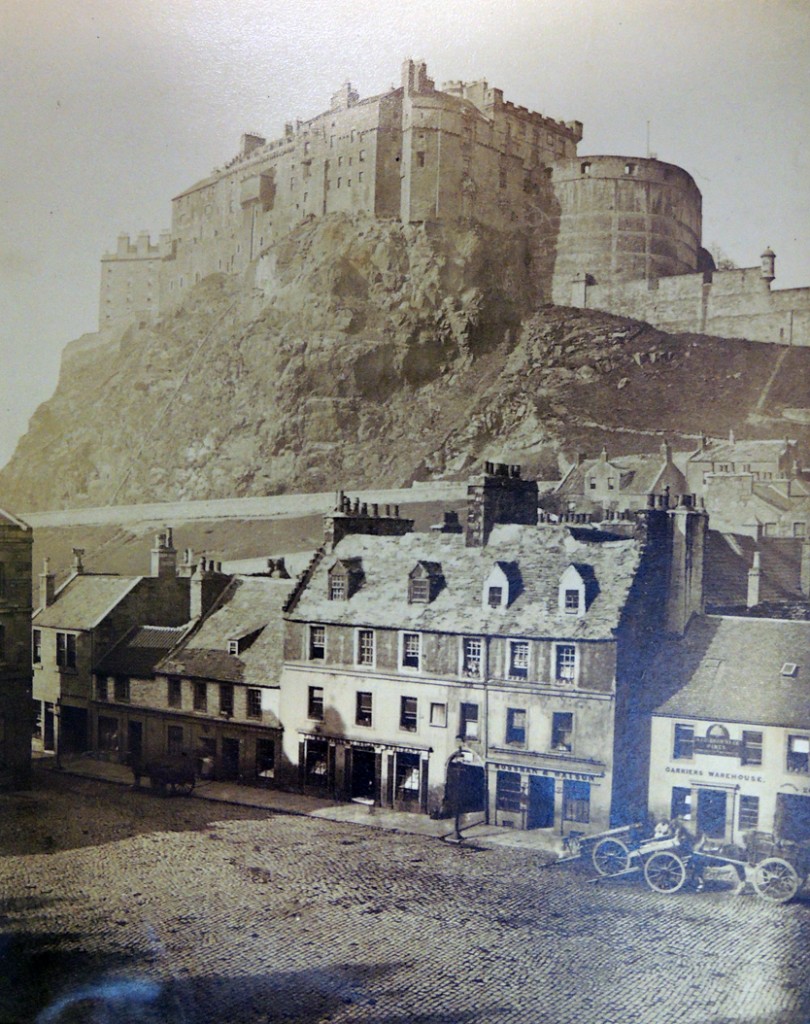 According to the National Library of Scotland, Archibald Burns was based in Edinburgh between 1858, when he is first recorded as a member of the Photographic Society of Scotland, and his death in the early 1880s. Burns made his living principally from selling stock-images of Edinburgh for the burgeoning tourist market. He also provided photographs to illustrate books of Edinburgh.
According to the National Library of Scotland, Archibald Burns was based in Edinburgh between 1858, when he is first recorded as a member of the Photographic Society of Scotland, and his death in the early 1880s. Burns made his living principally from selling stock-images of Edinburgh for the burgeoning tourist market. He also provided photographs to illustrate books of Edinburgh.
In 1871 Burns was commissioned by the Edinburgh Improvement Trust to document buildings in the area between the Cowgate and what is now Chambers Street. Beginning that year, he worked out of Rock House in Edinburgh, in the same building as Scottish photographer Thomas Annan (1829-1887). The comparisons are obvious.
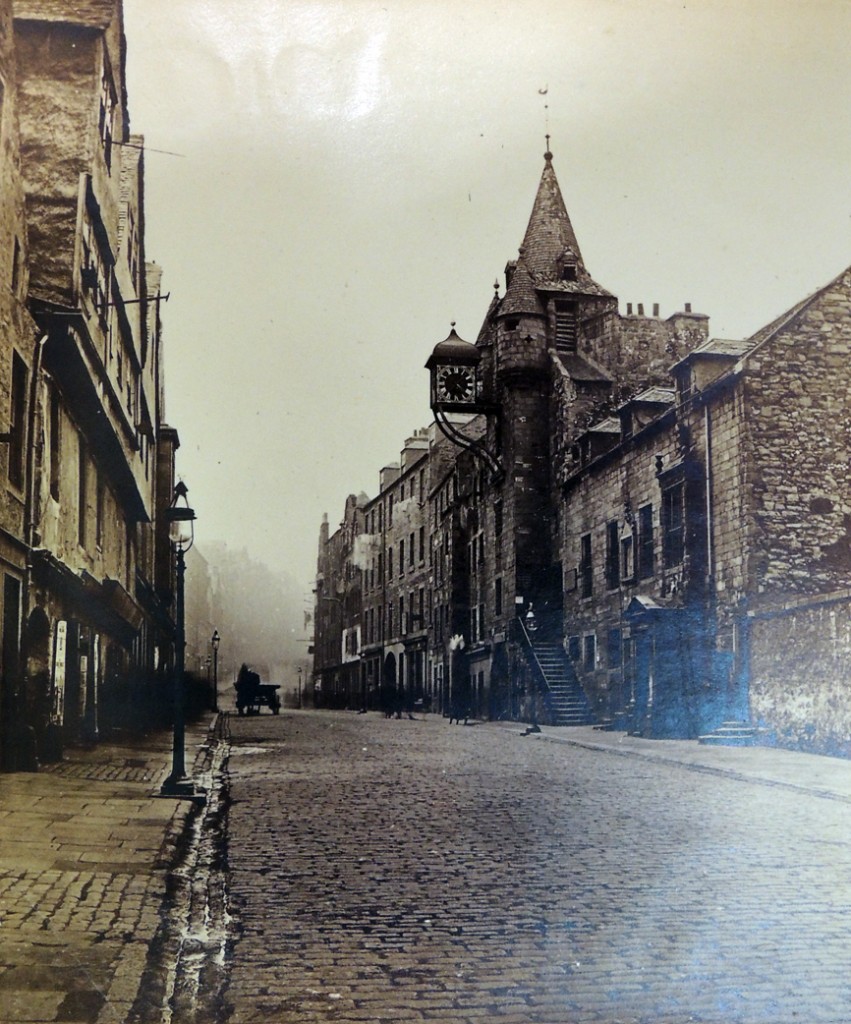
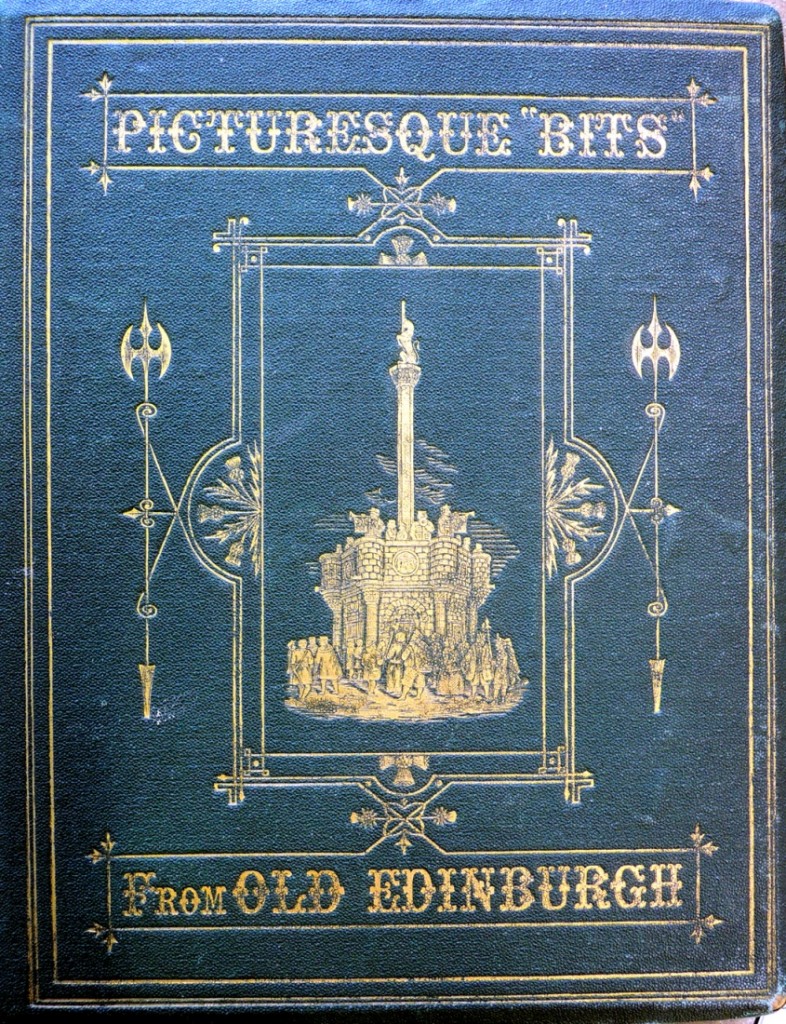 Annan photographed Glasgow between 1868 and 1871, documenting the poor conditions of working class neighborhoods. The prints were published in several formats under the name Old Closes and Streets of Glasgow, as part of a commission from the City of Glasgow Improvements Trust.
Annan photographed Glasgow between 1868 and 1871, documenting the poor conditions of working class neighborhoods. The prints were published in several formats under the name Old Closes and Streets of Glasgow, as part of a commission from the City of Glasgow Improvements Trust.
“Thomas Annan retained his business premises in Glasgow while living at Rock House [Edinburgh] and with the railway it would have been convenient to travel between the two cities. It would not appear to have been competition from Burns that made Thomas Annan return to Glasgow.”
“It is more likely that the two men were friends and they did have a close business association as the Valuation roll for 1871-2 shows that Thomas Annan still held the lease for Rock House but Burns was the occupier. It is possible the two photographers were a mutual influence. In burns’ photographs for Picturesque bits form old Edinburgh, published in 1868, he included grim depictions of some of the more deprived areas of the Old Town. Annan would have known about these photographs as he embarked on his acclaimed images of the Glasgow Closes.” –Roddy Simpson, The Photography of Victorian Scotland (2012)
Alexander Anderson’s New York City Diary 1793-1799
 “[January] 2d Last night I got up and began to kindle a Fire, when thinking it might be too early I went up to Papa’s room and look’d at his watch, found it to be about half past 1, at which discovery I undress’d and went to bed again–Rose in the Morning about 6, as soon as ’twas light enough, engrav’d at Hicks’s Compass Plate–In my way to the Doctor’s call’d upon Mr Durell and got 16/ of him–spent some time in kindling a fire in the Shop; read in Cullen’s Practice–At noon engrav’d–went to Mr Parr’s & paid his bill 1.4.6– At 3, went to the College and attended Dr. Bailey’s Lecture (Bones of the Head)–I gave him the Draught of the Exrescence which I finish’d today–after Lecture came home and engrav’d…”
“[January] 2d Last night I got up and began to kindle a Fire, when thinking it might be too early I went up to Papa’s room and look’d at his watch, found it to be about half past 1, at which discovery I undress’d and went to bed again–Rose in the Morning about 6, as soon as ’twas light enough, engrav’d at Hicks’s Compass Plate–In my way to the Doctor’s call’d upon Mr Durell and got 16/ of him–spent some time in kindling a fire in the Shop; read in Cullen’s Practice–At noon engrav’d–went to Mr Parr’s & paid his bill 1.4.6– At 3, went to the College and attended Dr. Bailey’s Lecture (Bones of the Head)–I gave him the Draught of the Exrescence which I finish’d today–after Lecture came home and engrav’d…”
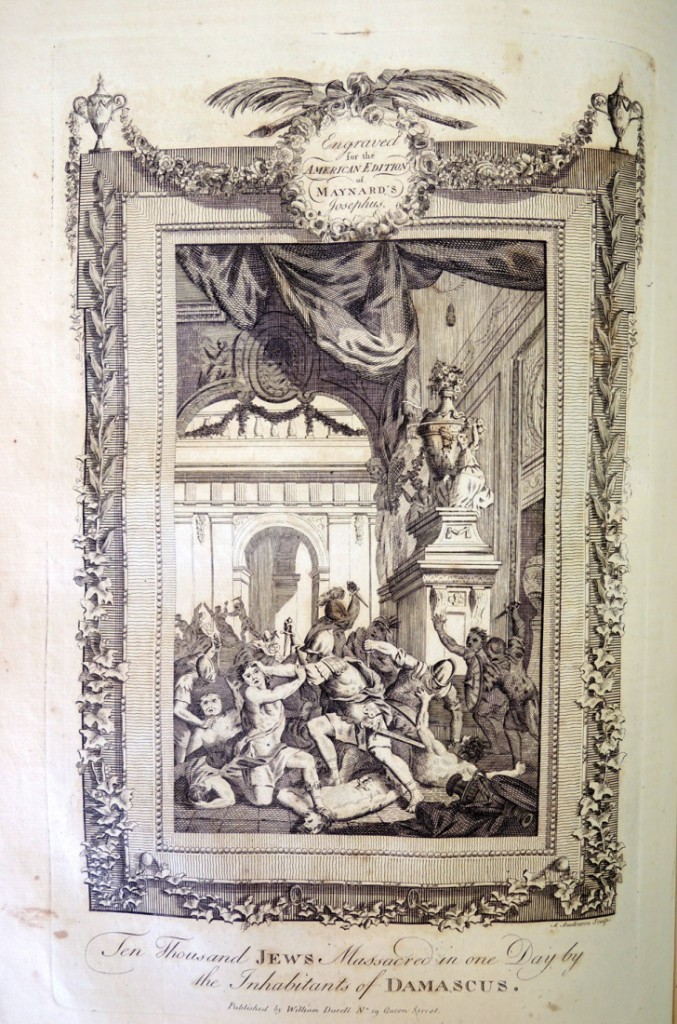 Thanks to Jane Pomeroy’s newly published transcription of Alexander Anderson’s diary, we now know how he spent his days and night for the six years from 1793 to 1799. The entry above refers to William Durell, a New York publisher for whom Anderson engraved plates for several volumes. The payment he mentions might have been for his work, completed in 1792 for George Maynard’s Whole Genuine and Complete Works of Flavius Josephus.
Thanks to Jane Pomeroy’s newly published transcription of Alexander Anderson’s diary, we now know how he spent his days and night for the six years from 1793 to 1799. The entry above refers to William Durell, a New York publisher for whom Anderson engraved plates for several volumes. The payment he mentions might have been for his work, completed in 1792 for George Maynard’s Whole Genuine and Complete Works of Flavius Josephus.
Of the 60 wood engravings in the volume, Cornelius Tiebout cut 14; Amos Doolittle made 14; William Rollinson 6; J. Allen 5; Benjamin Tanner 2; and E. Tisdale only one. Alexander Anderson was the youngest artist working on the project, only seventeen years old at the time. Bibliographer and collector Sinclair Hamilton tells us he engraved 7 plates including 2 maps and a plan of Jerusalem. The designs are from drawings by Metz, Stothard, and Corbould.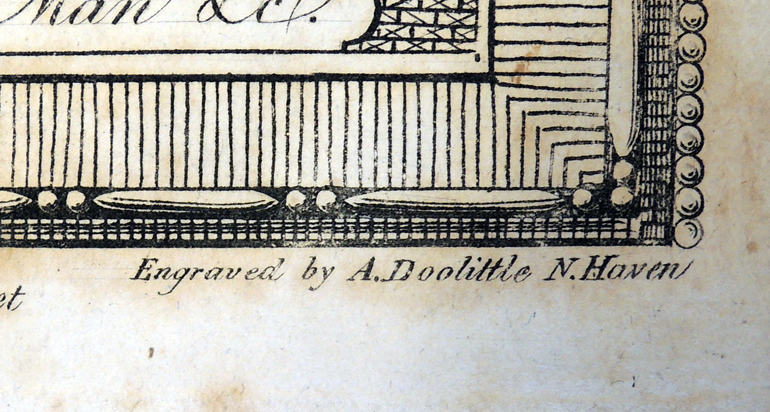
Jane R. Pomeroy, Alexander Anderson’s New York City diary, 1793 to 1799 (New Castle, DE: Oak Knoll Press; Worcester, Massachusetts: American Antiquarian Society, 2014). Graphic Arts Collection GA 2014. In process
Flavius Josephus, The Whole Genuine and Complete Works of Flavius Josephus … by George Henry Maynard … (New-York: Printed and sold by William Durell …, 1792). Gift of Sinclair Hamilton. Graphic Arts Collection (GAX) Oversize Hamilton 207f
Traité d’enluminure d’art au pochoir par Jean Saudé
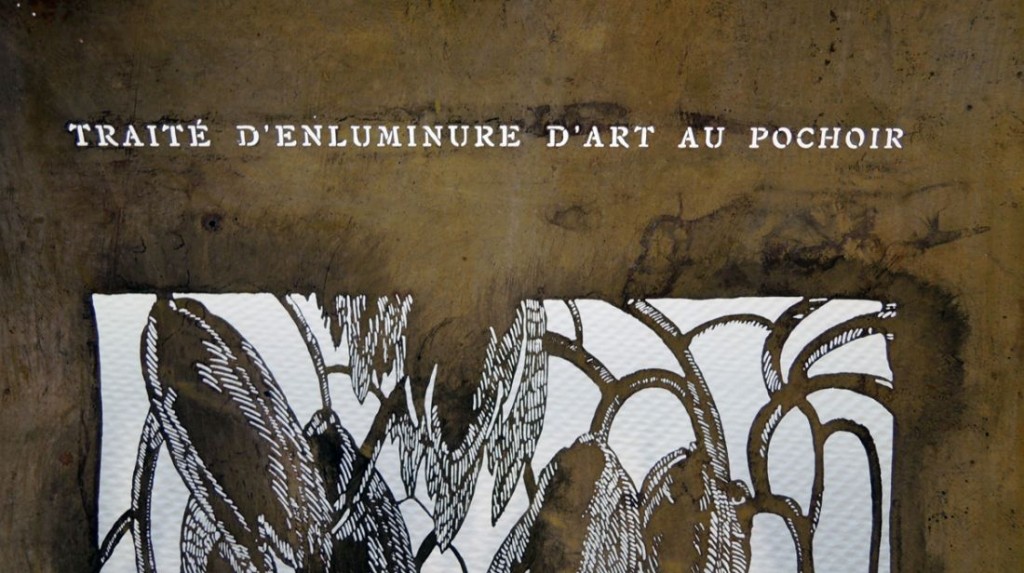 This stencil reemerged recently, mixed in with our extensive collection of blocks, plates, and stones. Thanks to researcher Kitty Maryatt of Scripps College for bringing it to our attention.
This stencil reemerged recently, mixed in with our extensive collection of blocks, plates, and stones. Thanks to researcher Kitty Maryatt of Scripps College for bringing it to our attention.
The pochoir stencil is one, we believe, of many that accompanied Jean Saudé’s book Traite d’enluminure d’art au pochoir when it was published in 1925. What is interesting is that the design on the metal stencil is reproduced as a background color to several pages in the book, much larger than this stencil and often upsidedown. See below.
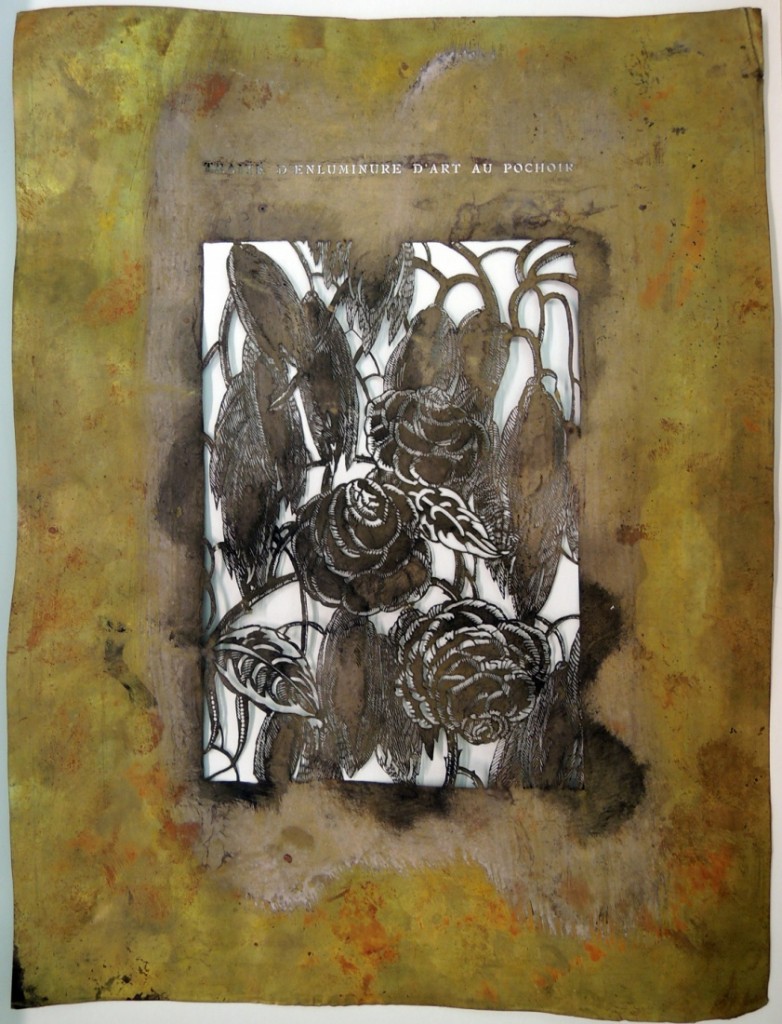

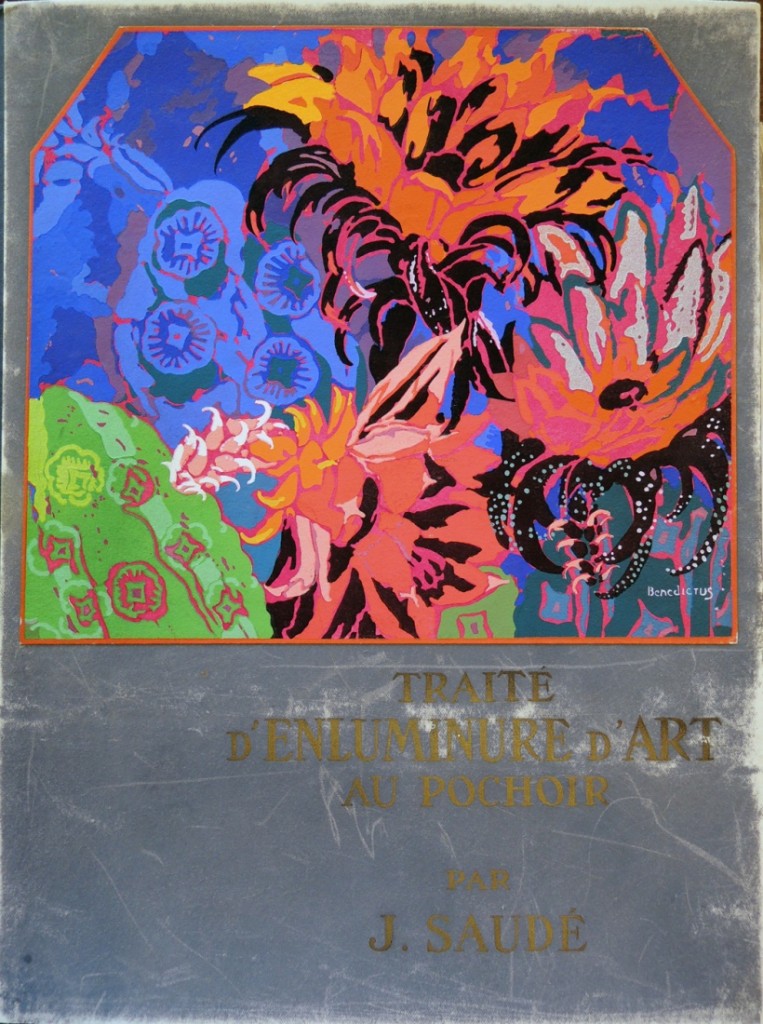 Jean Saudé, Traité d’enluminure d’art au pochoir par Jean Saudé; précédé de notes par mm. Antoine Bourdelle, Lucien Descaves ; aquarelles de Beauzée-Reynaud, [et al.]; reproductions d’après Jean Fouquet, A. Besnard; image de Georgin (Paris: Editions de l’ibis, 1925). Copy 194 of 500. Princeton copy is no. 1 in the Charles Rahn Fry Pochoir Collection. Graphic Arts Collection (GAX) Oversize 2004-0096Q
Jean Saudé, Traité d’enluminure d’art au pochoir par Jean Saudé; précédé de notes par mm. Antoine Bourdelle, Lucien Descaves ; aquarelles de Beauzée-Reynaud, [et al.]; reproductions d’après Jean Fouquet, A. Besnard; image de Georgin (Paris: Editions de l’ibis, 1925). Copy 194 of 500. Princeton copy is no. 1 in the Charles Rahn Fry Pochoir Collection. Graphic Arts Collection (GAX) Oversize 2004-0096Q
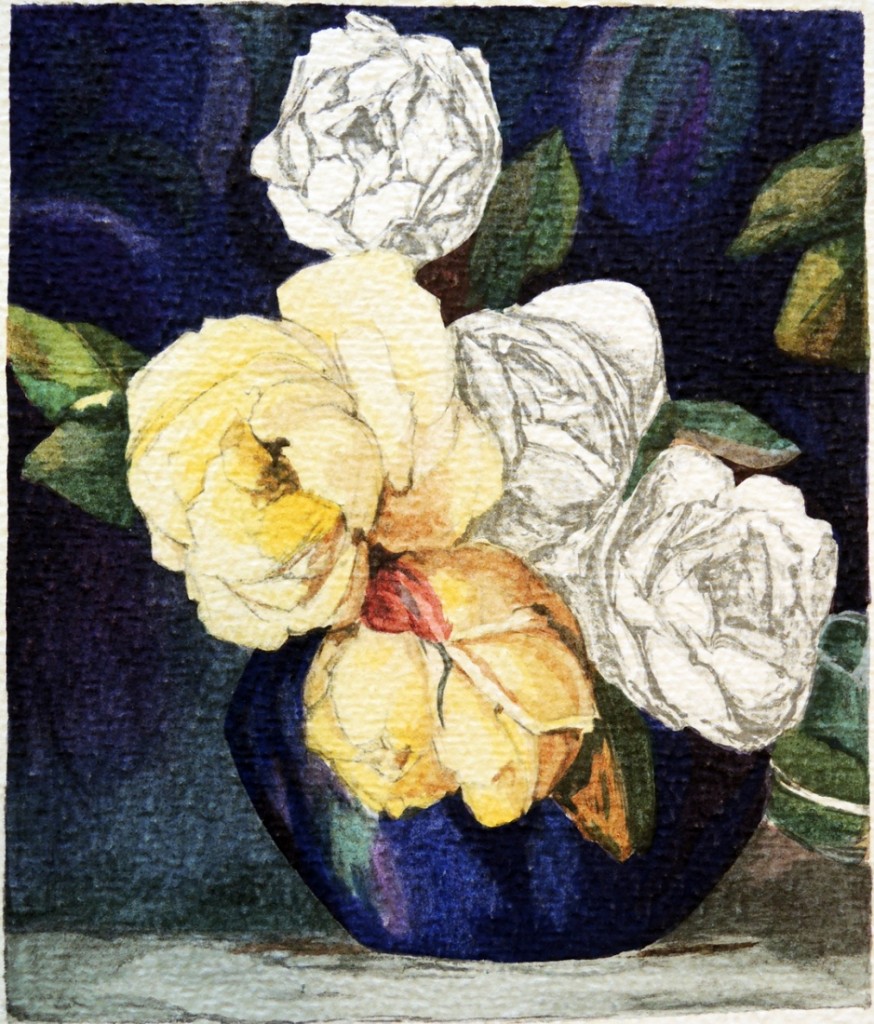 Another wonderful element of the volume is the use of sequential images to show the painting of the stencils onto a collotype to create a fully painted or printed image.
Another wonderful element of the volume is the use of sequential images to show the painting of the stencils onto a collotype to create a fully painted or printed image.
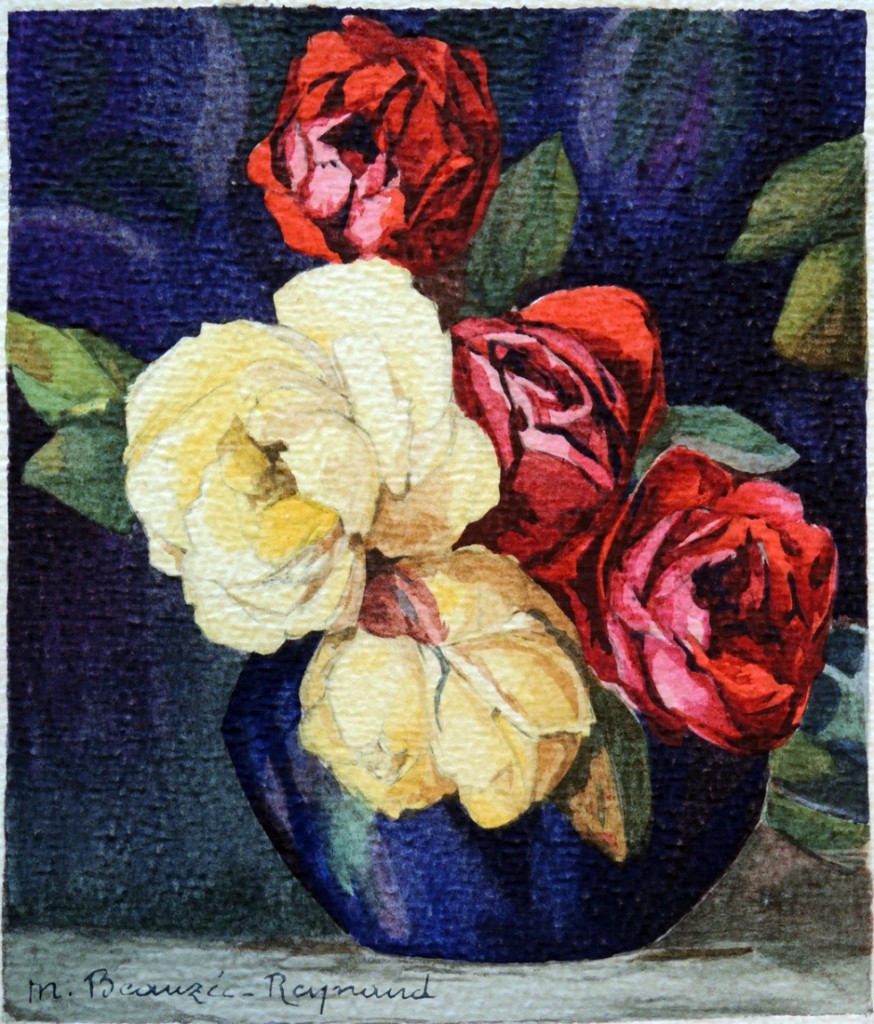

Deep Zoom
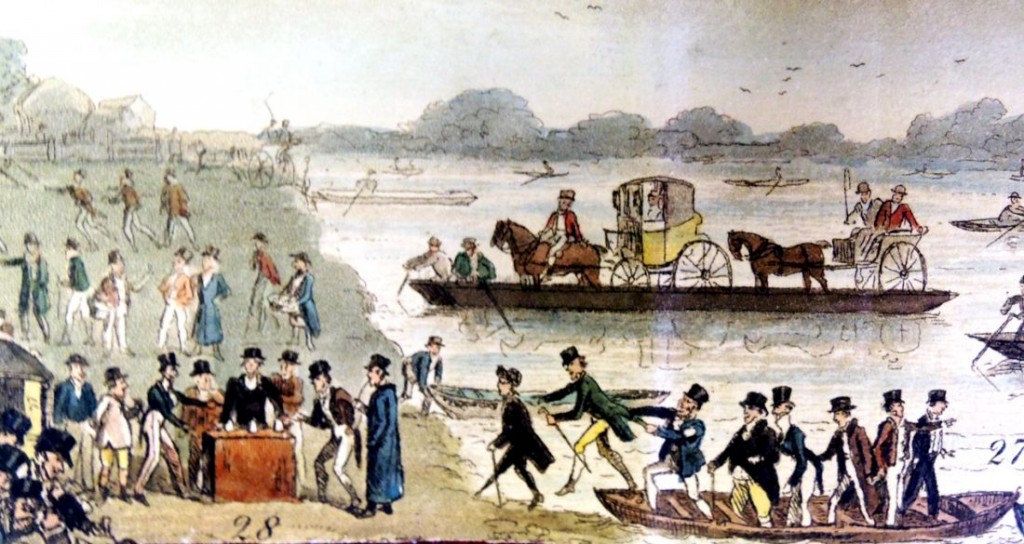 How do you look at an entire panorama? Even harder, how do you capture and reproduce a panorama, especially for teaching? Our Digital Initiatives Developer and Analyst, Jon Stroop, has come up with a new image viewer: Loris, used in conjunction with OpenSeadragon MPUDL’s new deep-zoom viewer. Now our digital photographers can capture and post the entire strip, allowing you and me to play with the images in a way not possible with the original. Try it!
How do you look at an entire panorama? Even harder, how do you capture and reproduce a panorama, especially for teaching? Our Digital Initiatives Developer and Analyst, Jon Stroop, has come up with a new image viewer: Loris, used in conjunction with OpenSeadragon MPUDL’s new deep-zoom viewer. Now our digital photographers can capture and post the entire strip, allowing you and me to play with the images in a way not possible with the original. Try it!
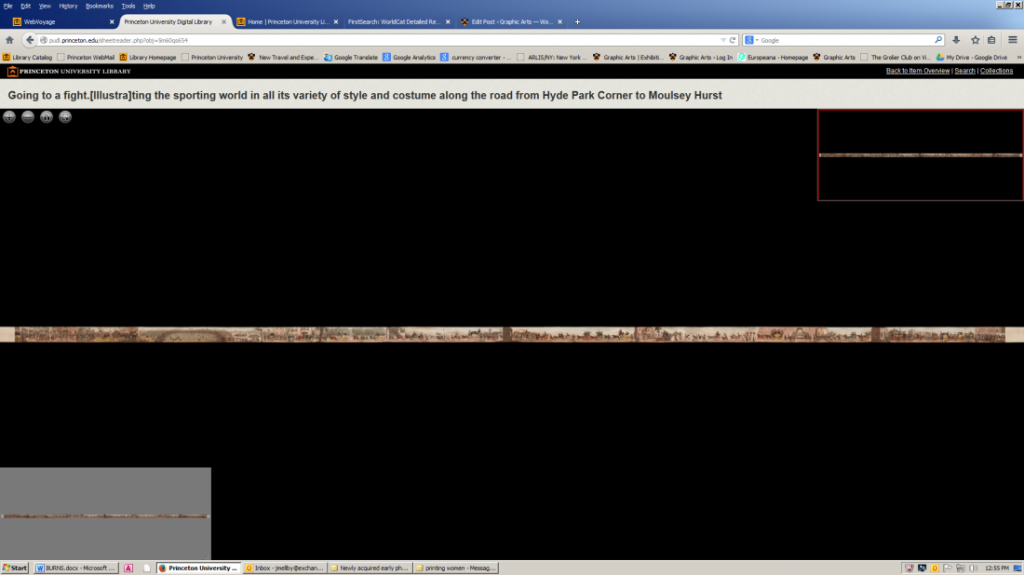 Two of the panoramas from the Graphic Arts Collection have been transferred to this new site:
Two of the panoramas from the Graphic Arts Collection have been transferred to this new site:
Robert Cruikshank (1789-1856), Going to a Fight. Illustra]ting the sporting world in all its variety of style and costume along the road from Hyde Park Corner to Moulsey Hurst, 1819. Aquatint and etching with hand coloring. Graphic Arts collection. GA 2005-01039; Permanent Link: http://arks.princeton.edu/ark:/88435/5m60qs654
and
Artist unidentified, Mister O’Squat: A Panorama, 1822. Hand colored etchings. London: Published by William Sams, Booksellers to his Royal Highness the Duke of York opposite the Palace, St. James Street, 1822). Box embossed: E.P. Sutton and Sangorski Sutcliff. Formerly attributed to Thomas Rowlandson (British, 1756-1827). Graphic Arts Collection. GA 2005.01039; Permanent Link: http://arks.princeton.edu/ark:/88435/1v53jx72k
Thank you Jon. Just in time for Prof. Anne McCauley’s upcoming freshman seminar: Funny Pictures: Caricature and Modernity. FRS 157
Light Damage
 When Princeton University Library received the wonderful donation of over two dozen paintings and drawings by Cleveland artist William Sommer (1867-1949), several staff members immediately fell in love. Various prints and watercolors were distributed to offices within the library, where they remained for almost thirty years.
When Princeton University Library received the wonderful donation of over two dozen paintings and drawings by Cleveland artist William Sommer (1867-1949), several staff members immediately fell in love. Various prints and watercolors were distributed to offices within the library, where they remained for almost thirty years.
The works were donated to Princeton University thanks to the Mildred Andrews Fund in honor of Dr. William Milliken, ’11, *33 (1889-1978). Arrangements were made between 1985 and 1986 by Sommer’s foremost collector Joseph M. Erdelac (died 2004), and Peter Putnam ‘42, *50 (1927-1987). Less than one year later Putnam was tragically hit and killed while riding his bicycle.
Happily, we have learned a great deal about the damage light can do to works on paper, watercolor in particular, and we have removed the originals from permanent display. Unhappily, for this particular watercolor by Sommer, it was not quite soon enough. A facsimile has been created to hang in its place, cleaning up the years of darkening caused by over-exposure to light. The original, on the left, will be housed in a cool, dark drawer to preserve what is left for future generation.
Sincere thanks to all the staff members who participated in this transfer and rehanging.
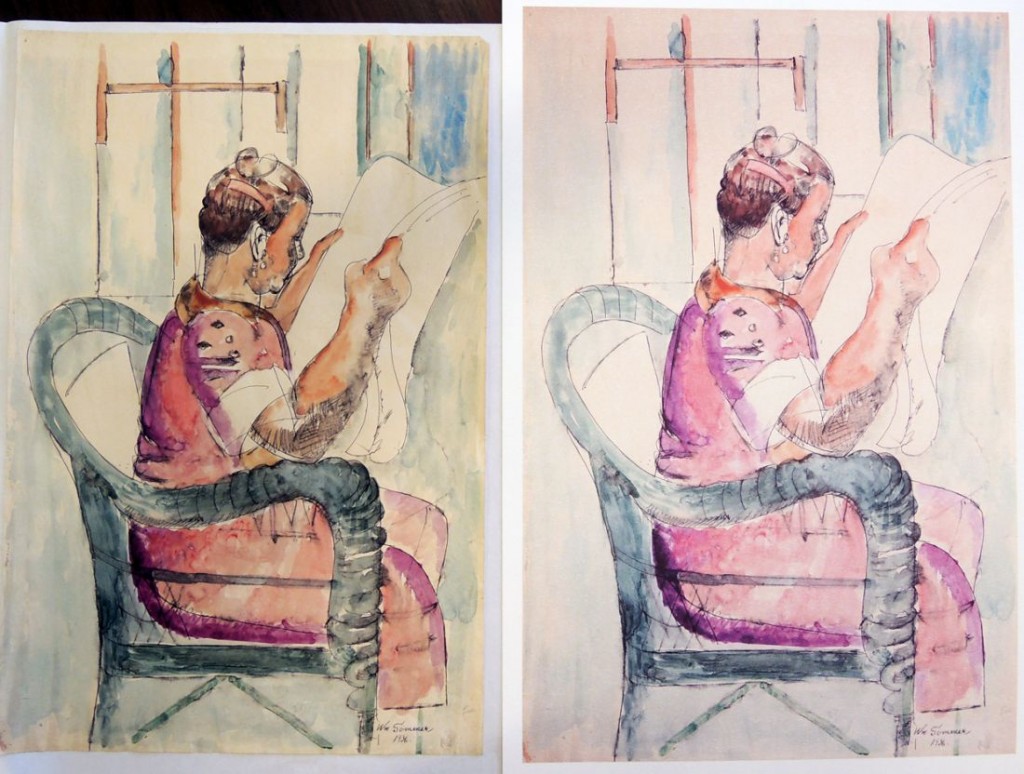 William Sommer (1867-1949), Profile of woman in purple dress, seated in green chair, reading a paper, 1936. Watercolor. Graphic Arts collection. Gift of the Mildred Andrews Fund in honor of Dr. William Milliken. Formerly owned by Rev. Dexter Chenny, given to him by William M. Milliken, acquired from William Sommer.
William Sommer (1867-1949), Profile of woman in purple dress, seated in green chair, reading a paper, 1936. Watercolor. Graphic Arts collection. Gift of the Mildred Andrews Fund in honor of Dr. William Milliken. Formerly owned by Rev. Dexter Chenny, given to him by William M. Milliken, acquired from William Sommer.
The Liberation of Greece
 Attributed to Albert Anker (1831-1910), Greek battle plan, ca. 1900. Watercolor and pen. Graphic Arts Collection 2014- in process.
Attributed to Albert Anker (1831-1910), Greek battle plan, ca. 1900. Watercolor and pen. Graphic Arts Collection 2014- in process.
We believe Albert Anker painted this map to show the liberation of Greece, including the naval battle between the Athenian and the Peloponnese fleets. The sketch includes the handwritten description and index to the scene:
A Station de Phormios … la flotte athénienne = Phormios station … the Athenian fleet
B Flotte de Peloponnèse = Peloponnese fleet
C Flotte Athénienne marchand sur avant naupactus droits avant la bataille = Athenian merchant fleet advancing
D Peloponnèse avant la bataille dans la course simulé sur naupactus
C Fleet Athenian merchant on before Naupactus rights before the battle
D Peloponnese before the battle in the race simulated Naupactus
